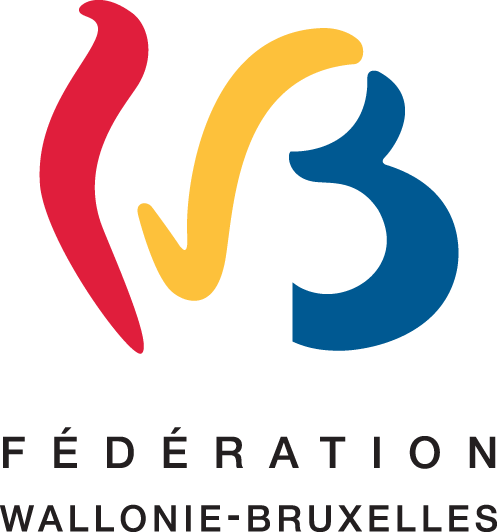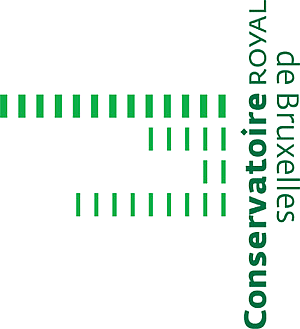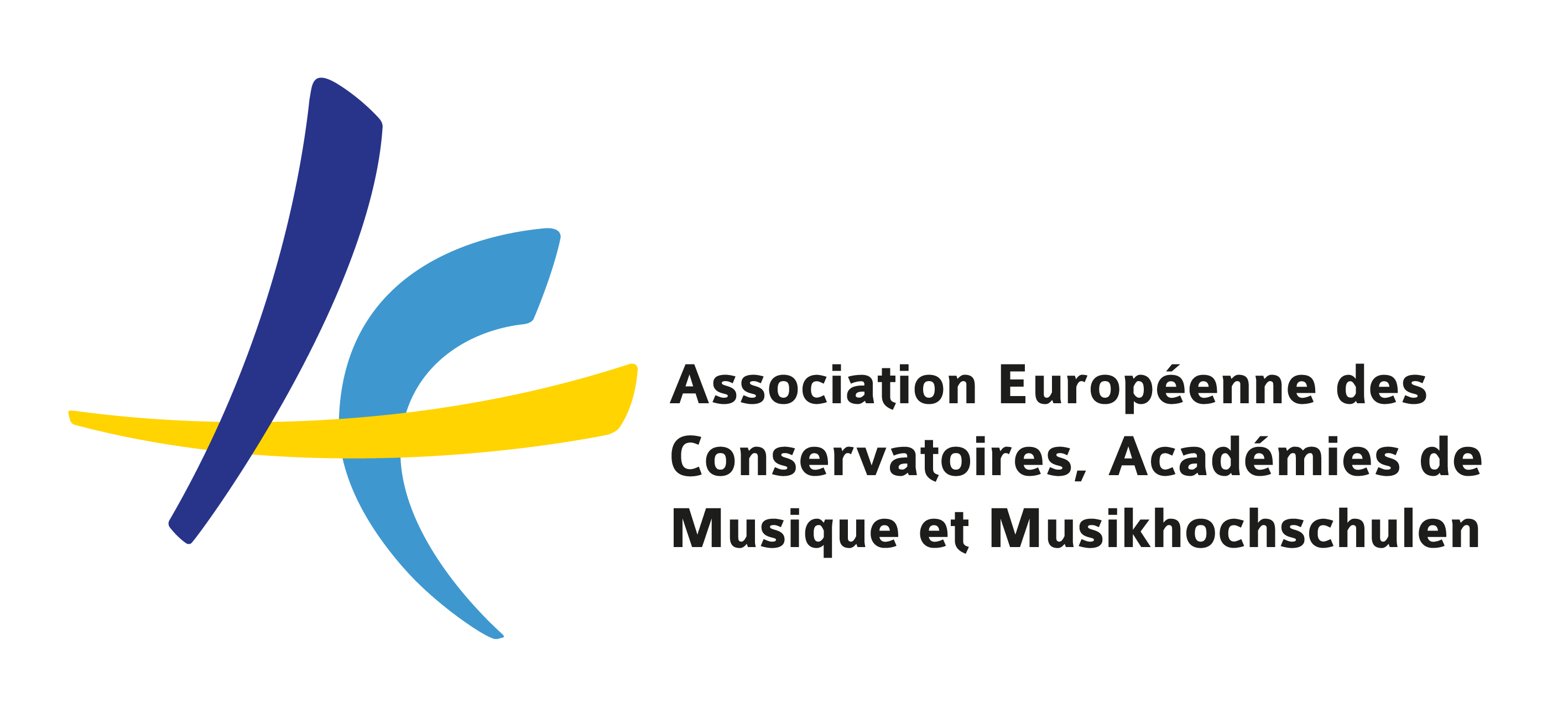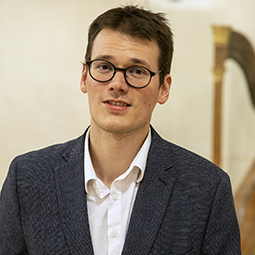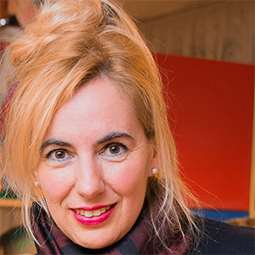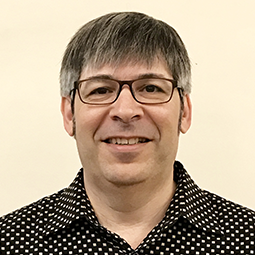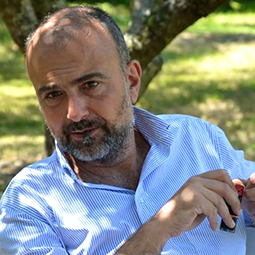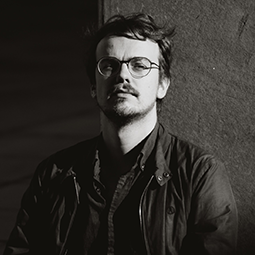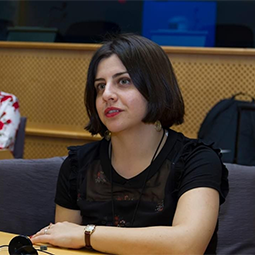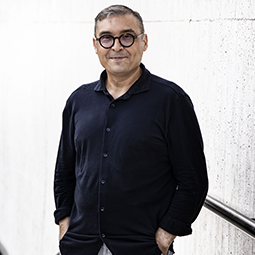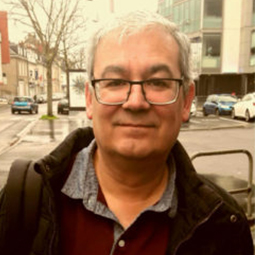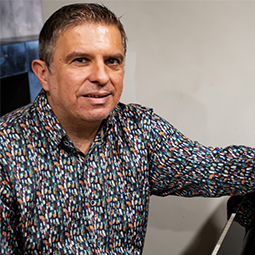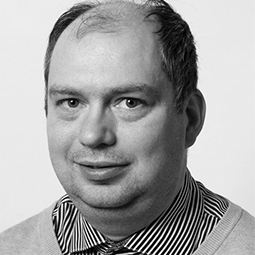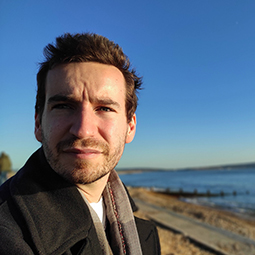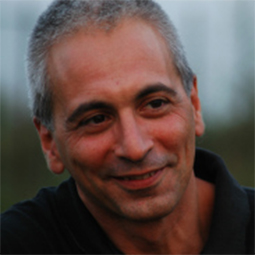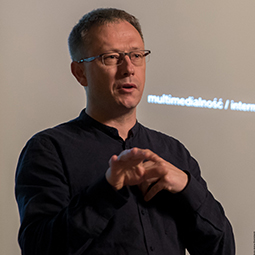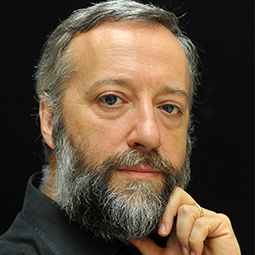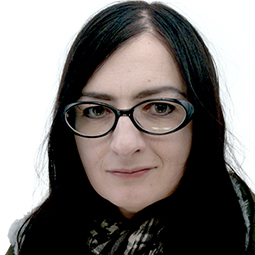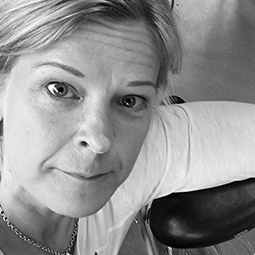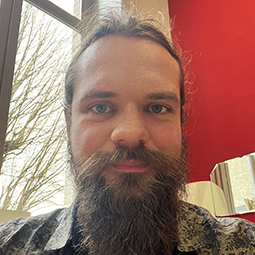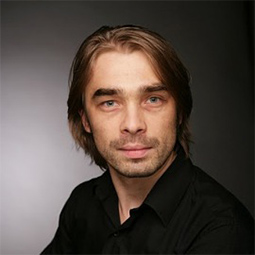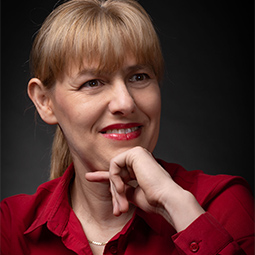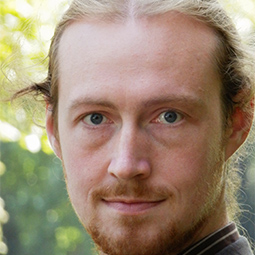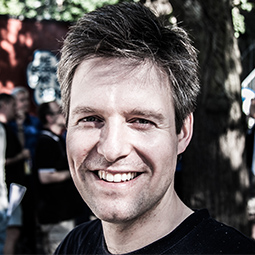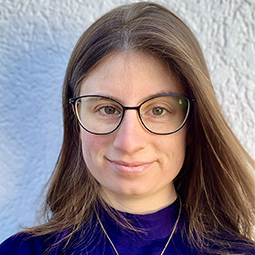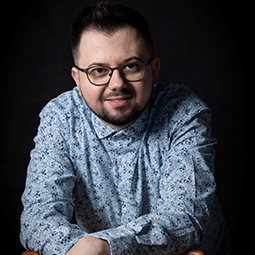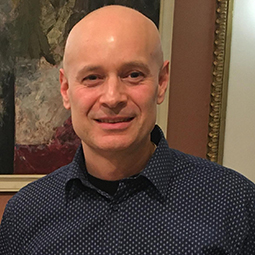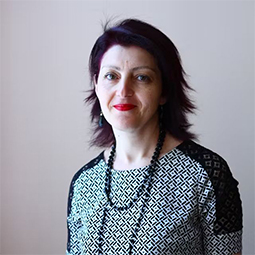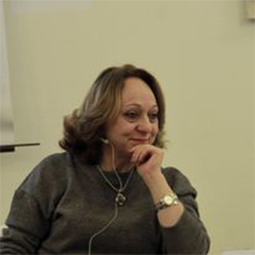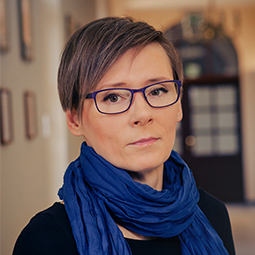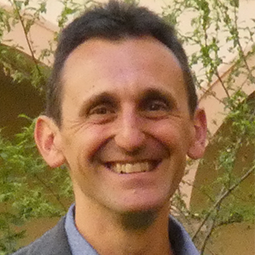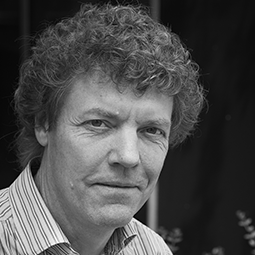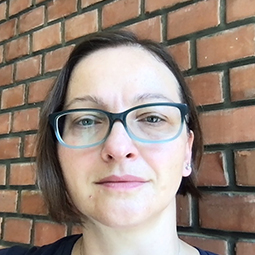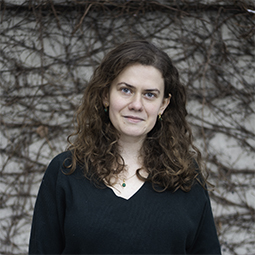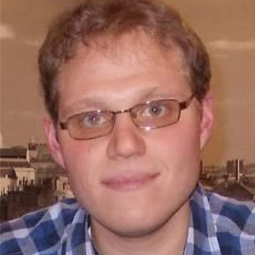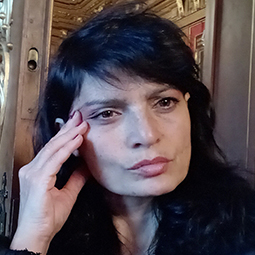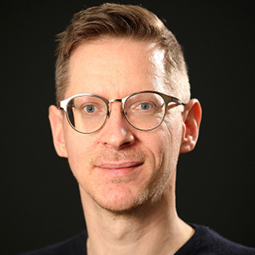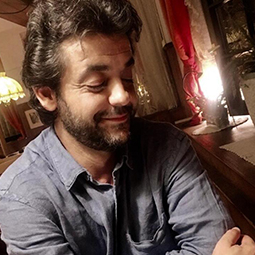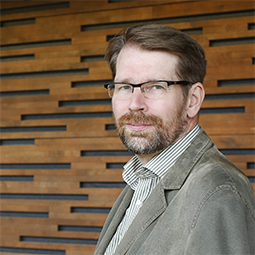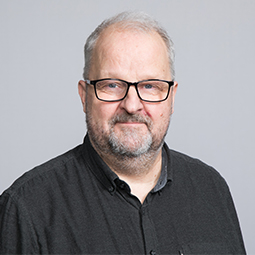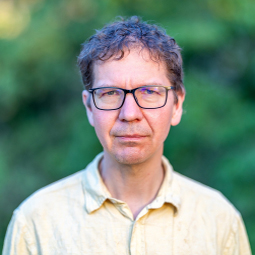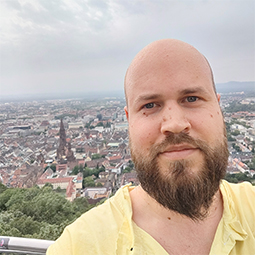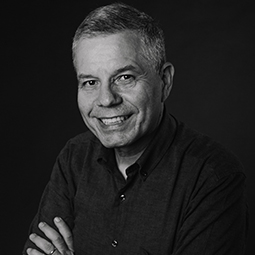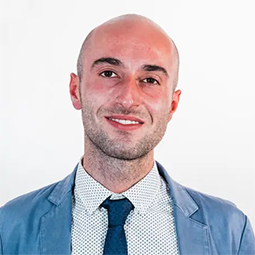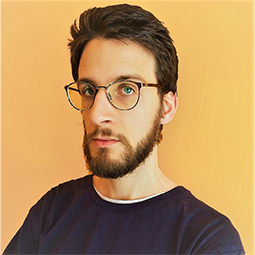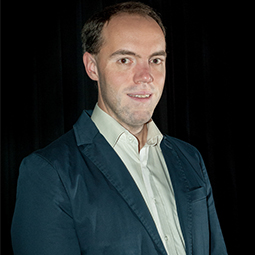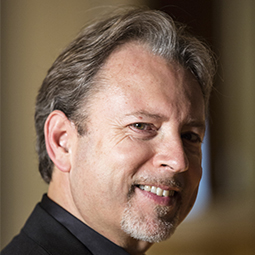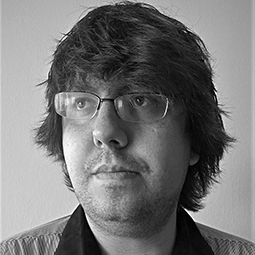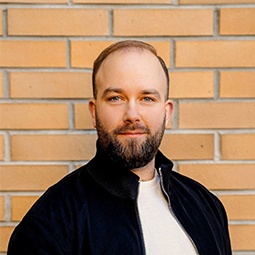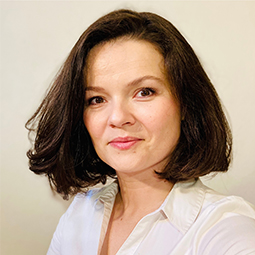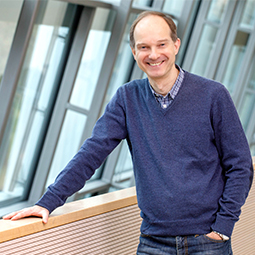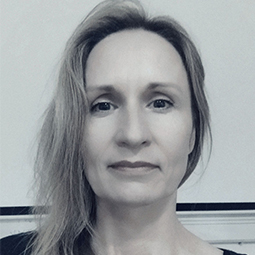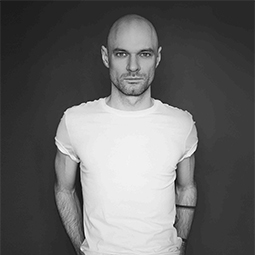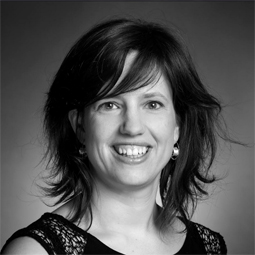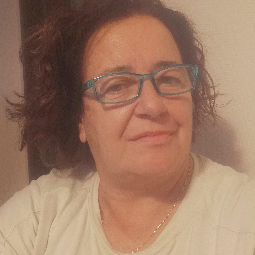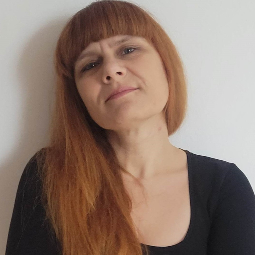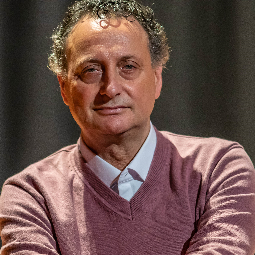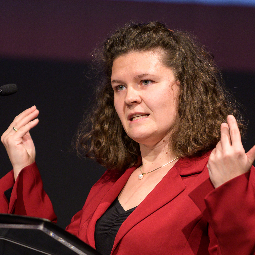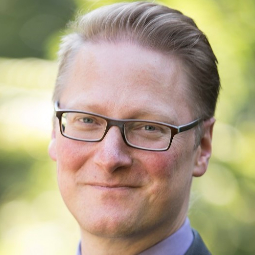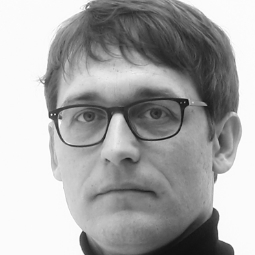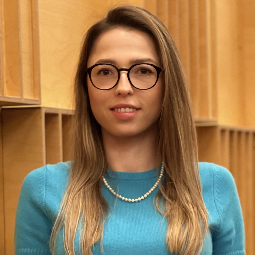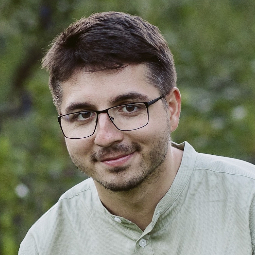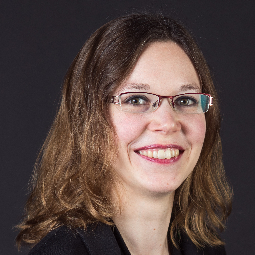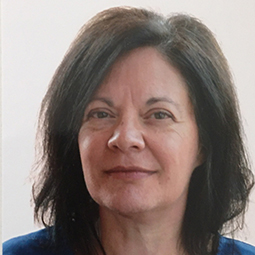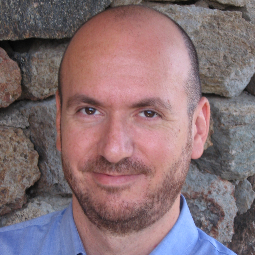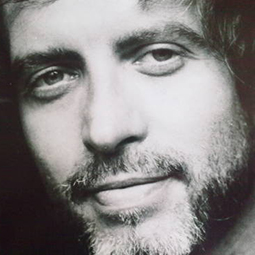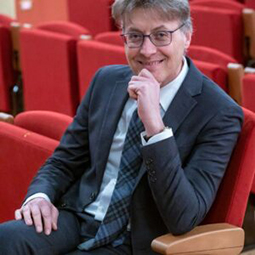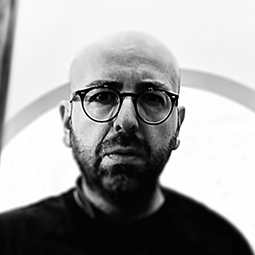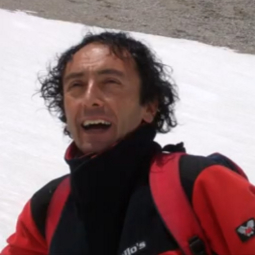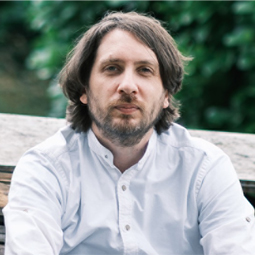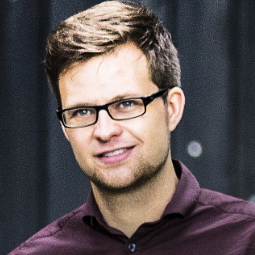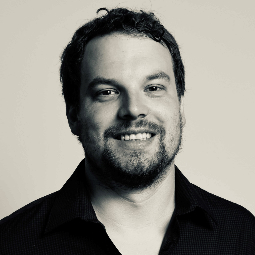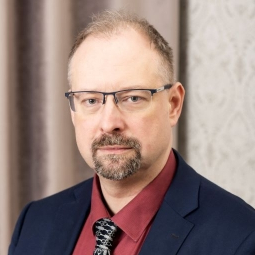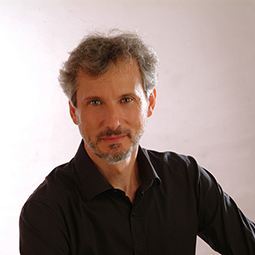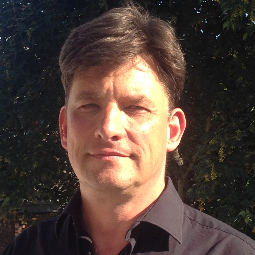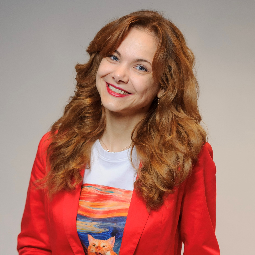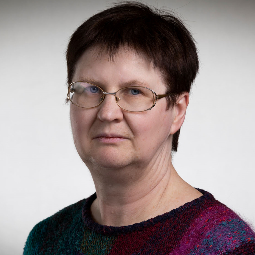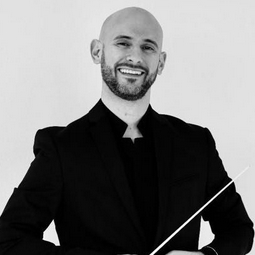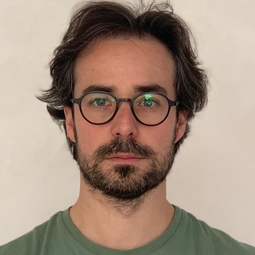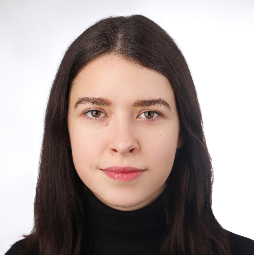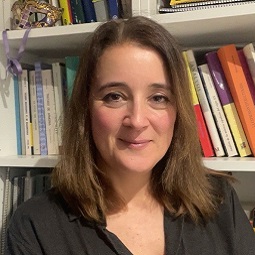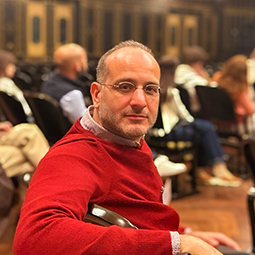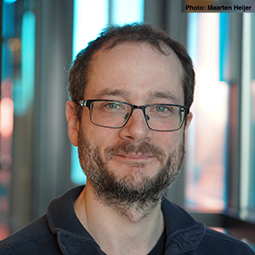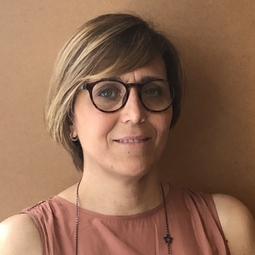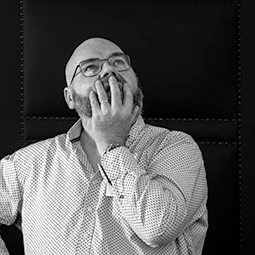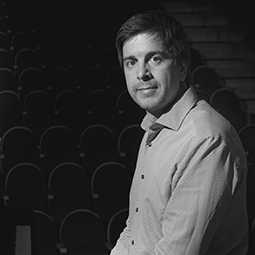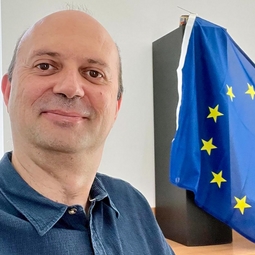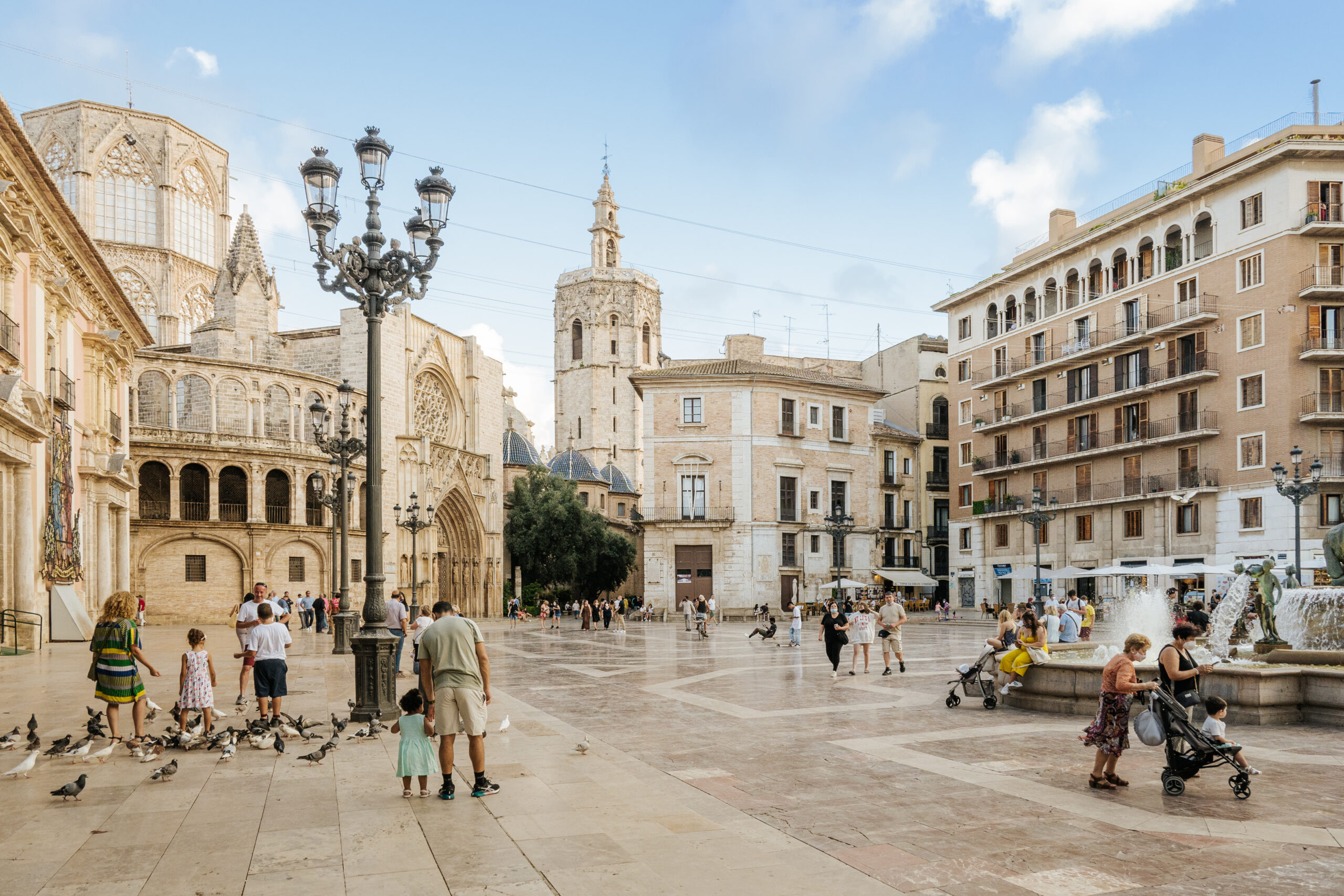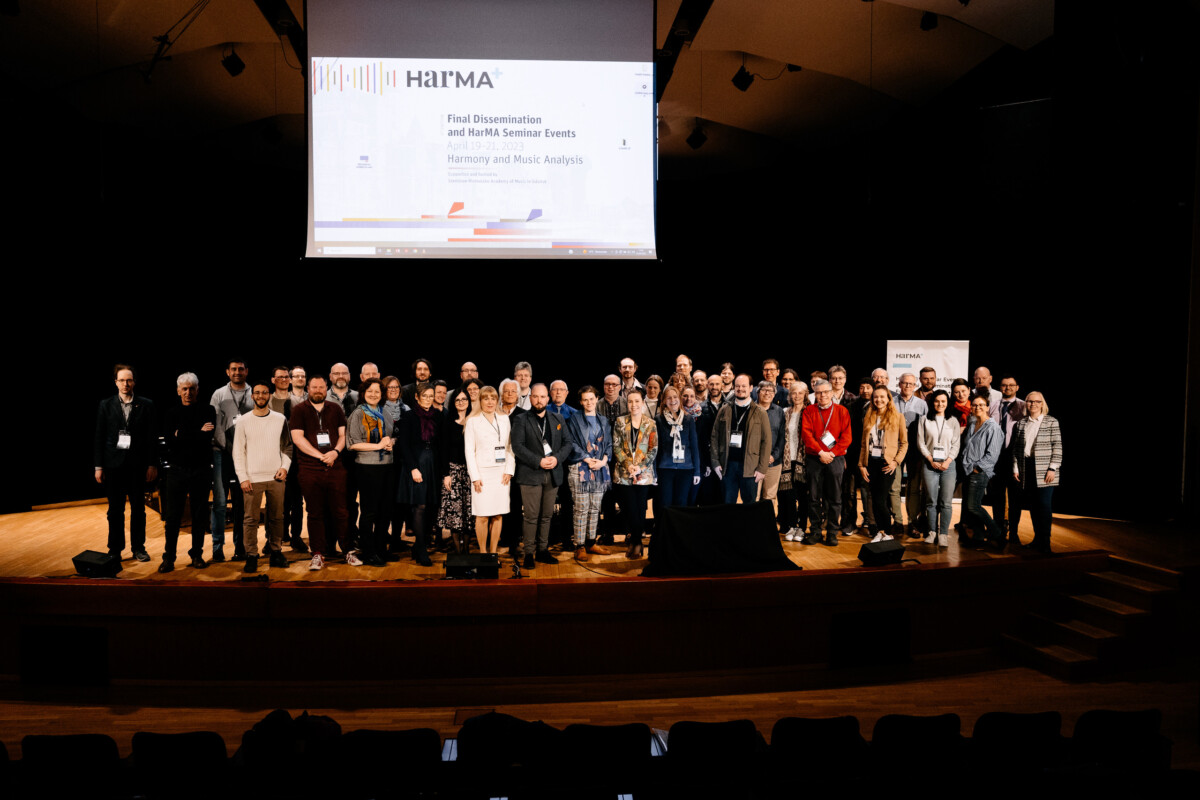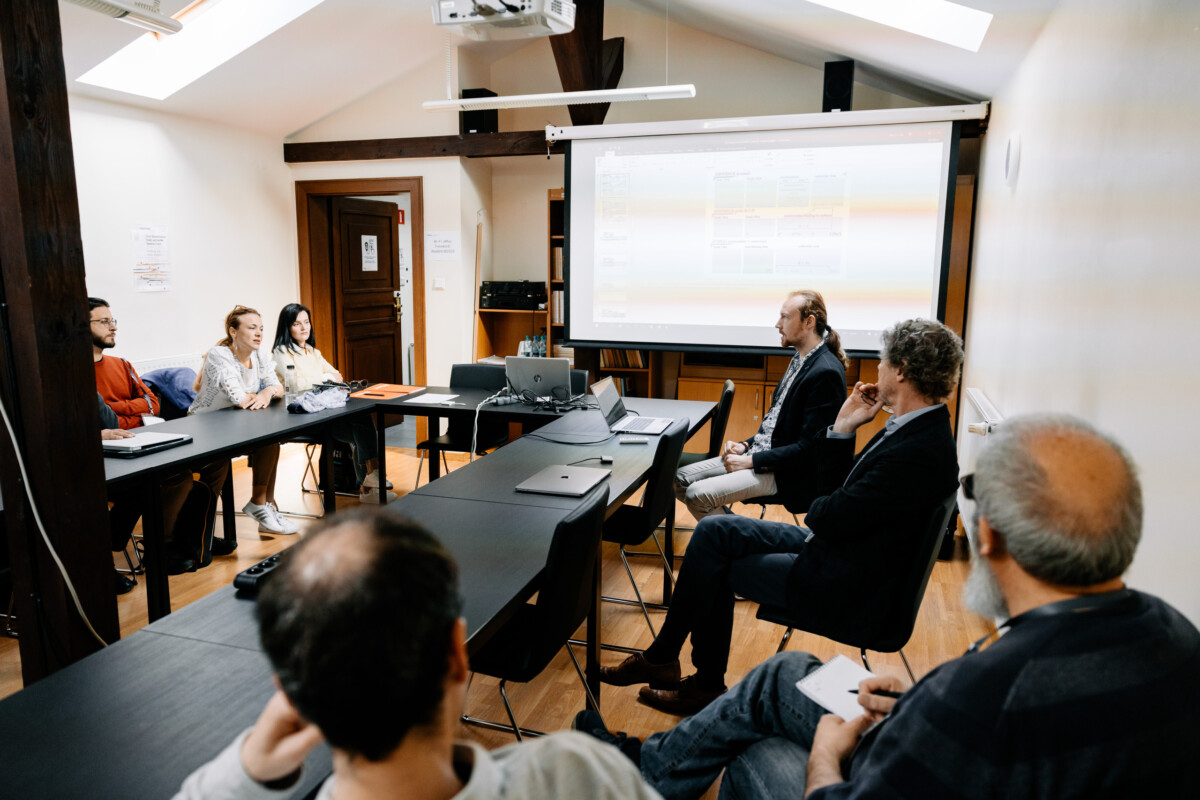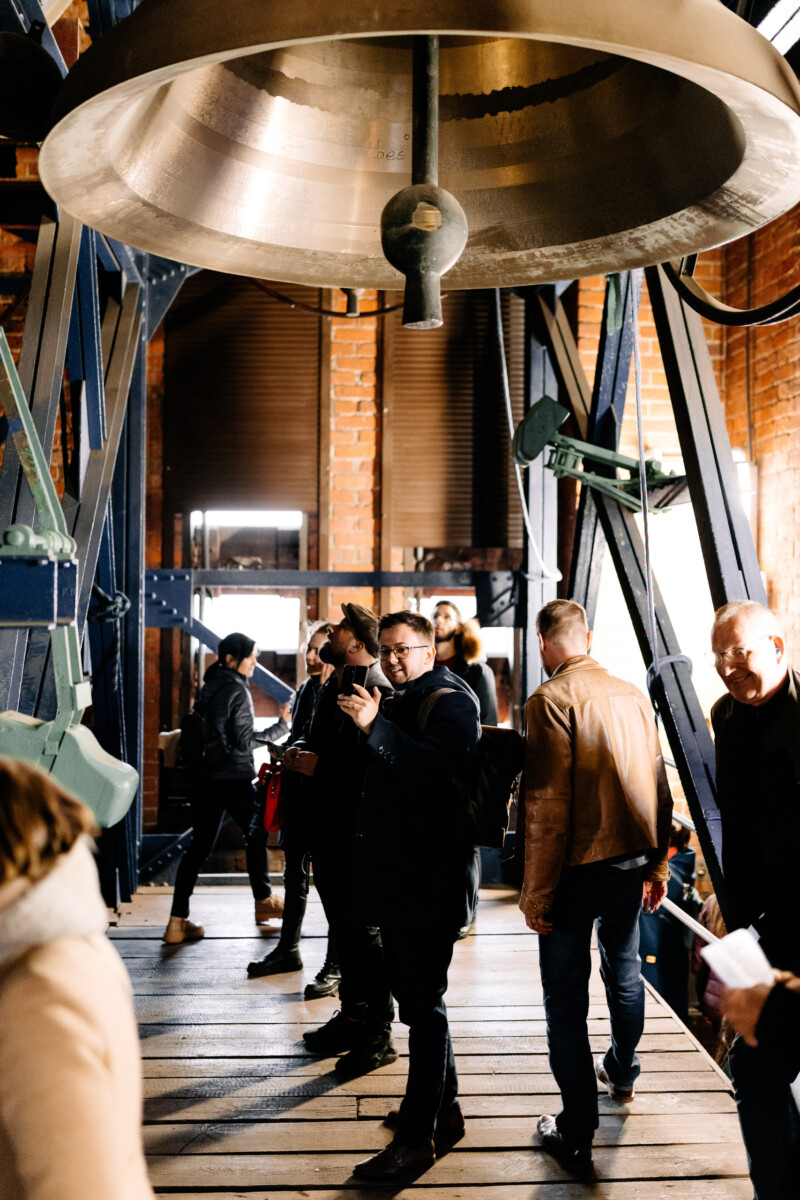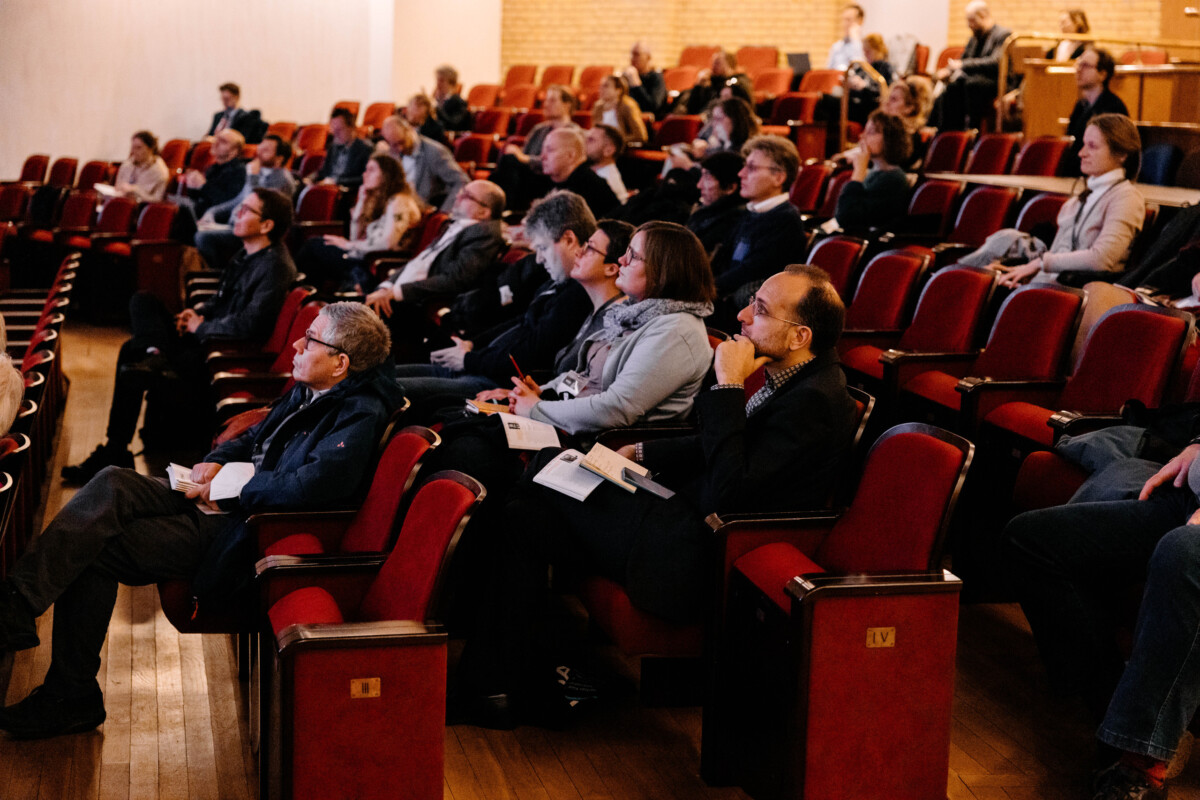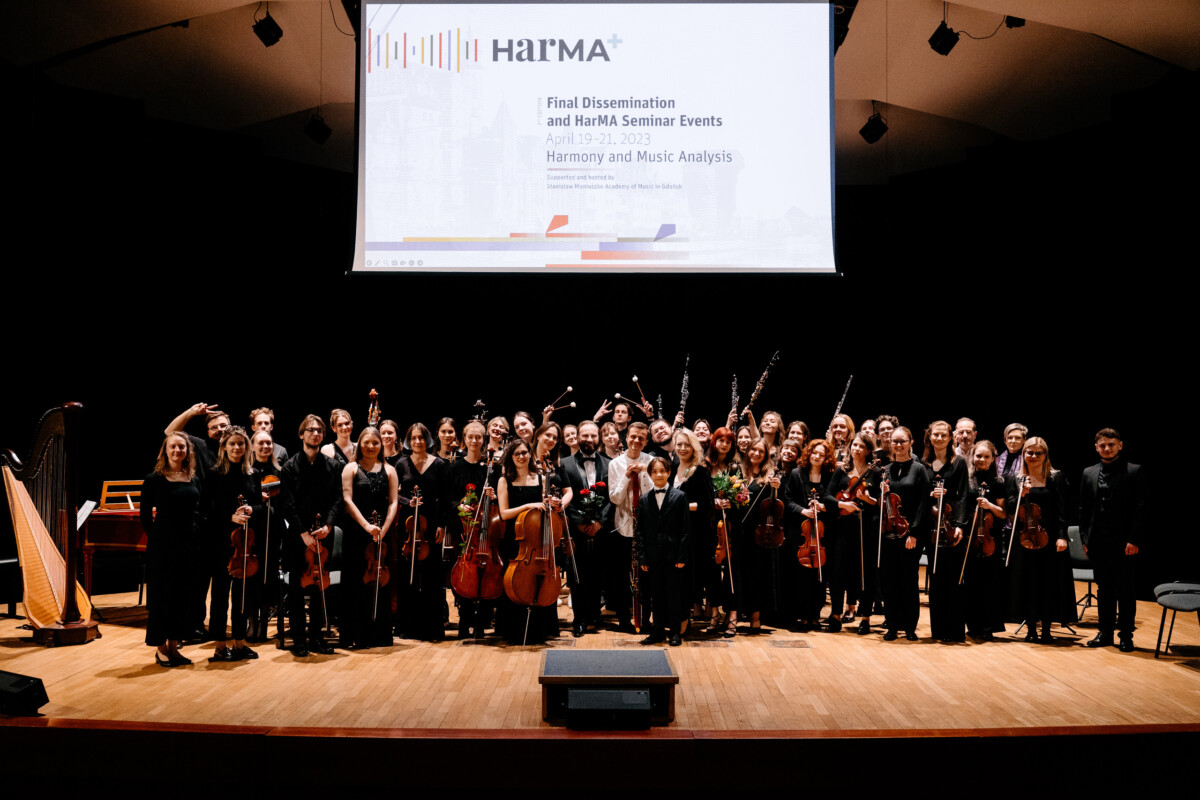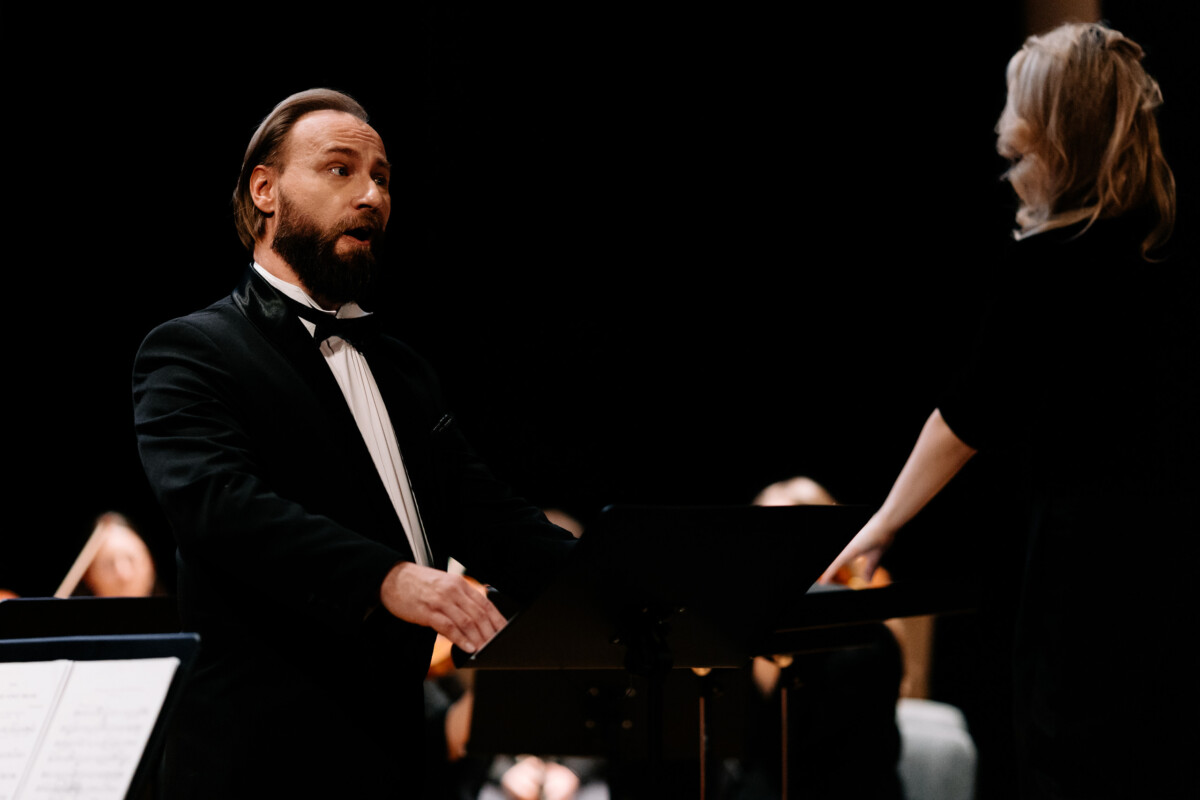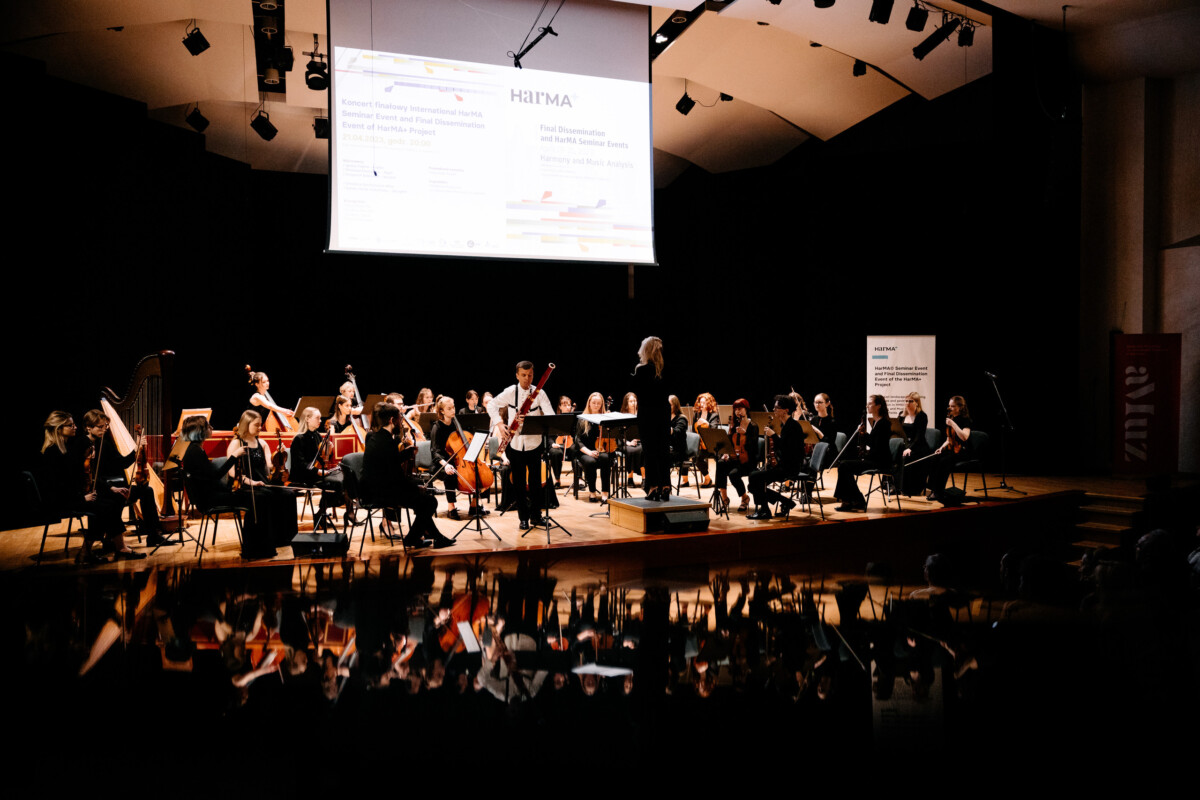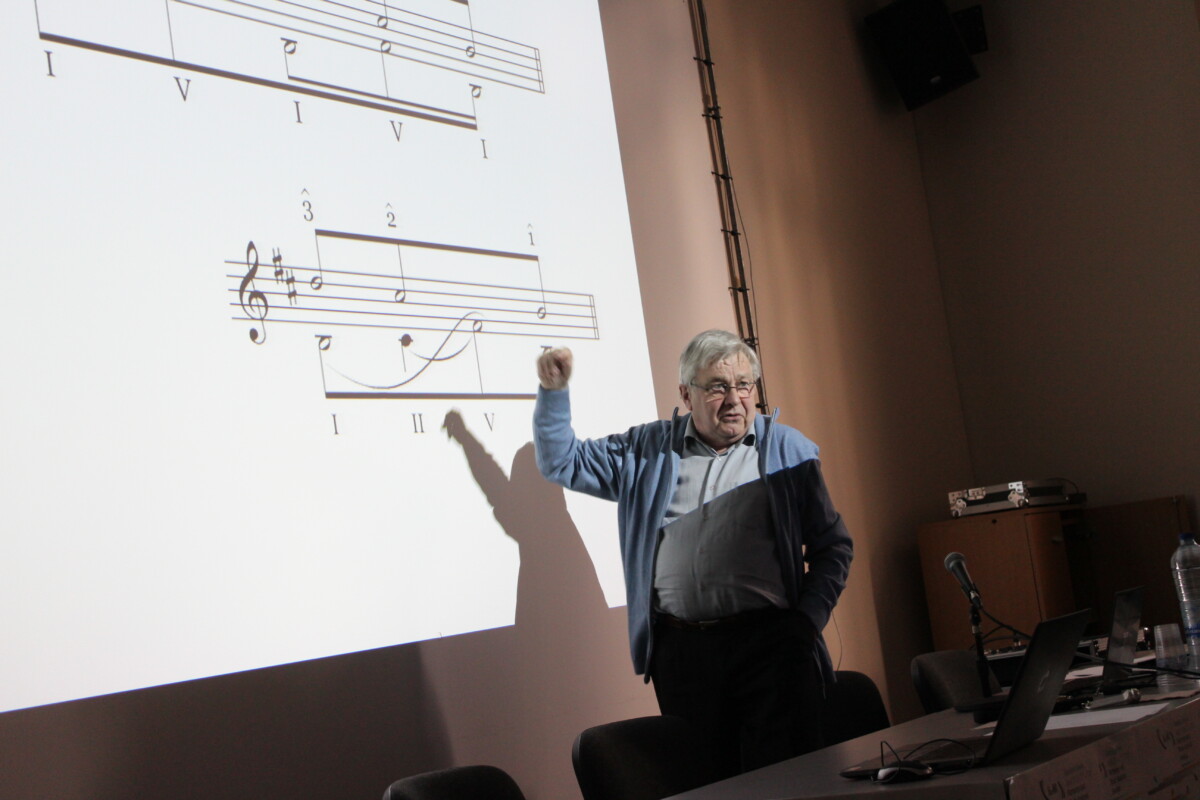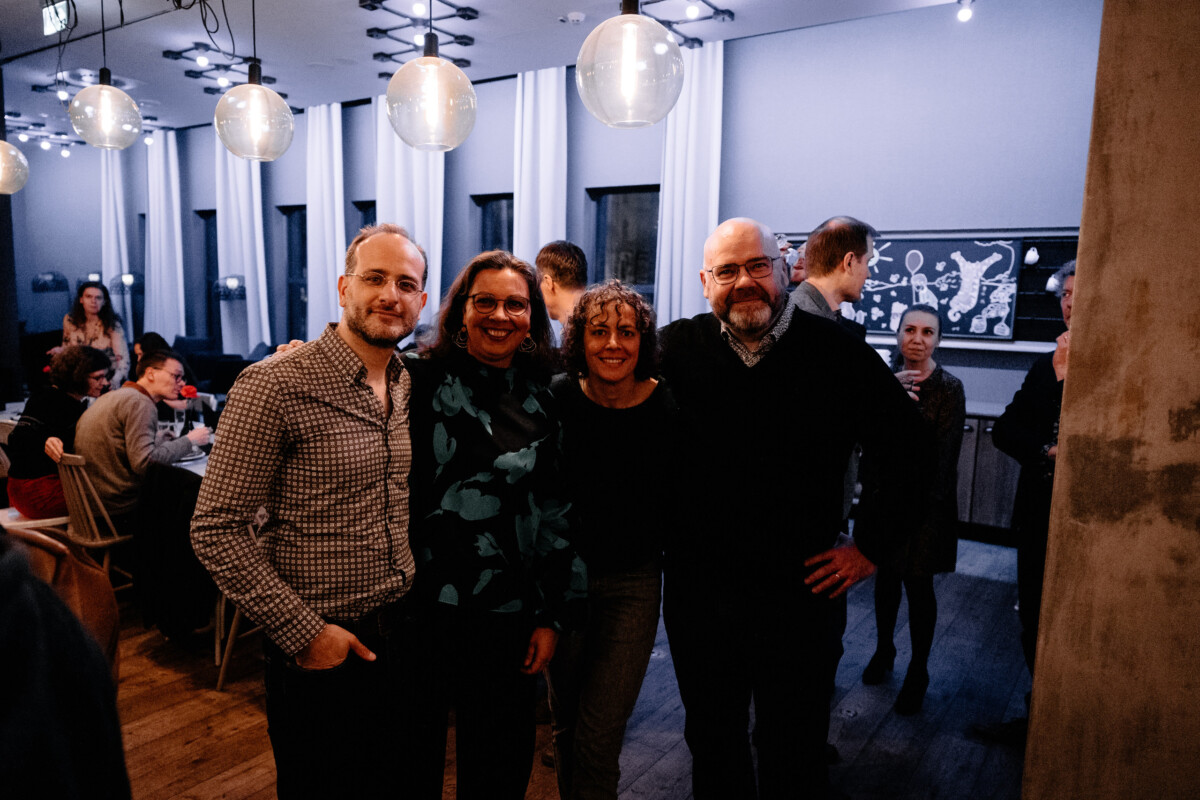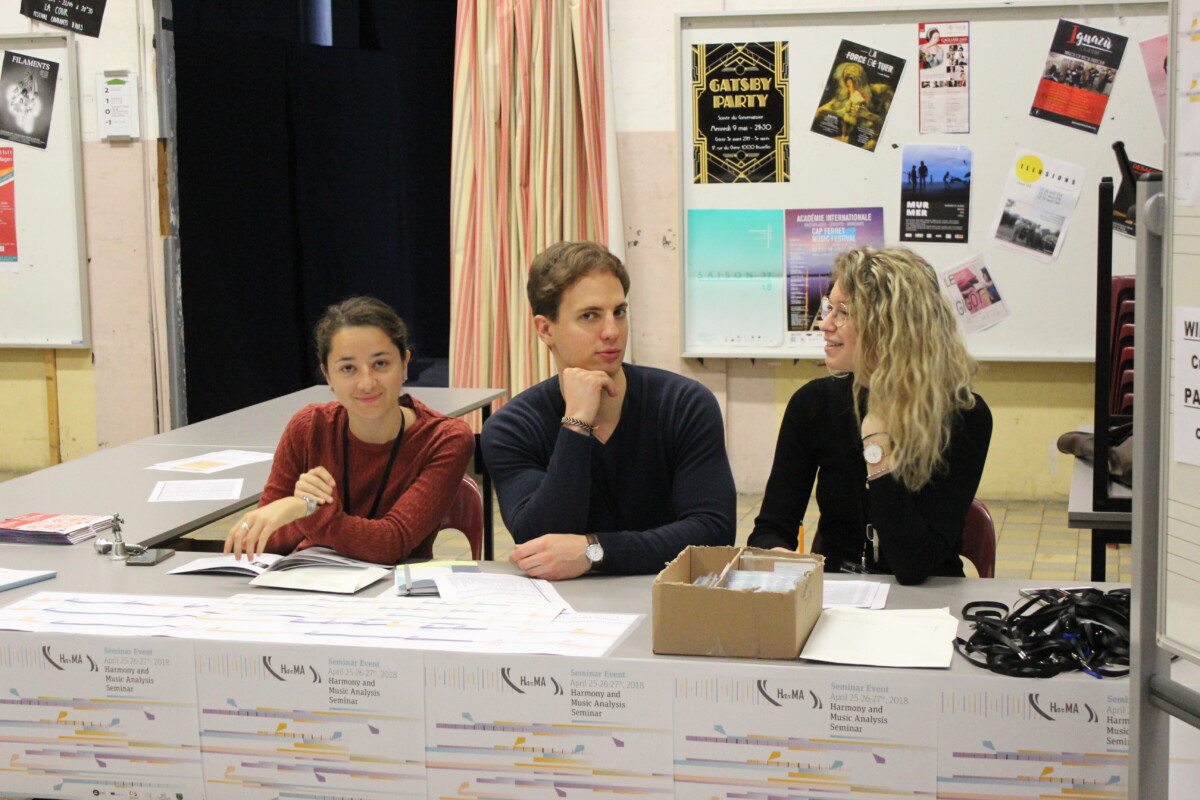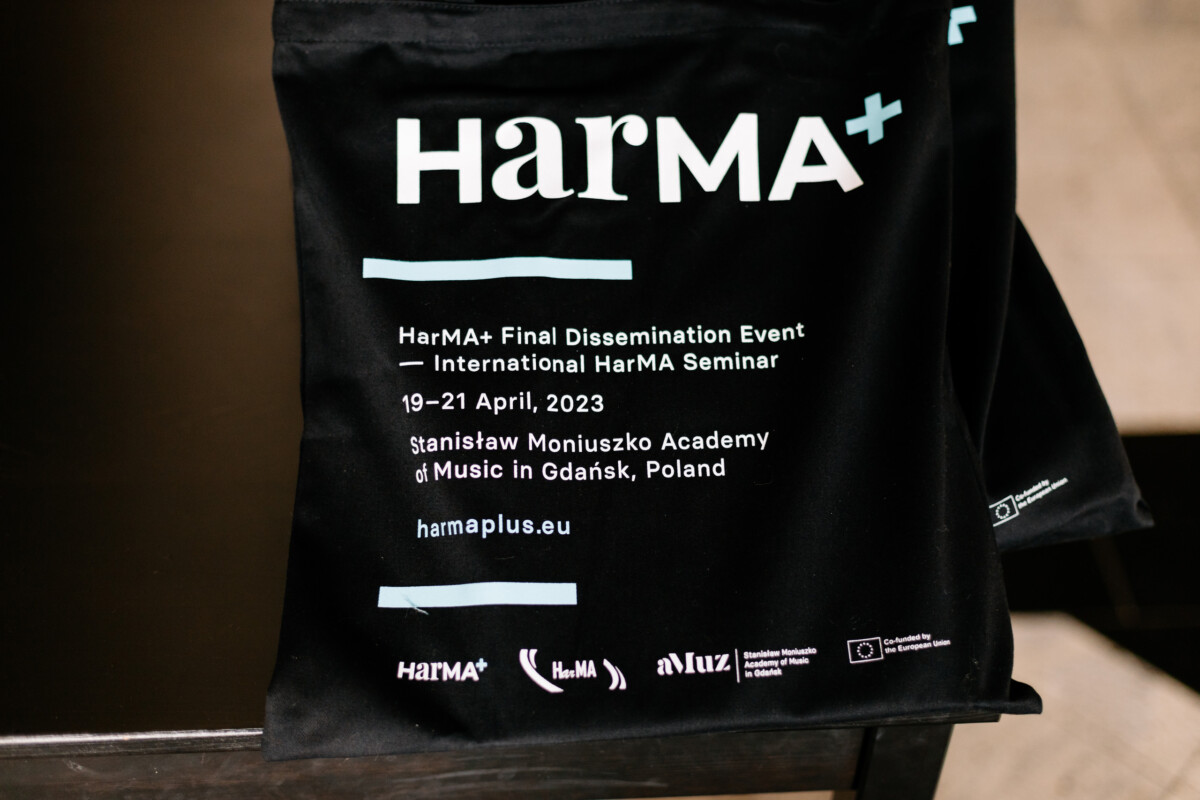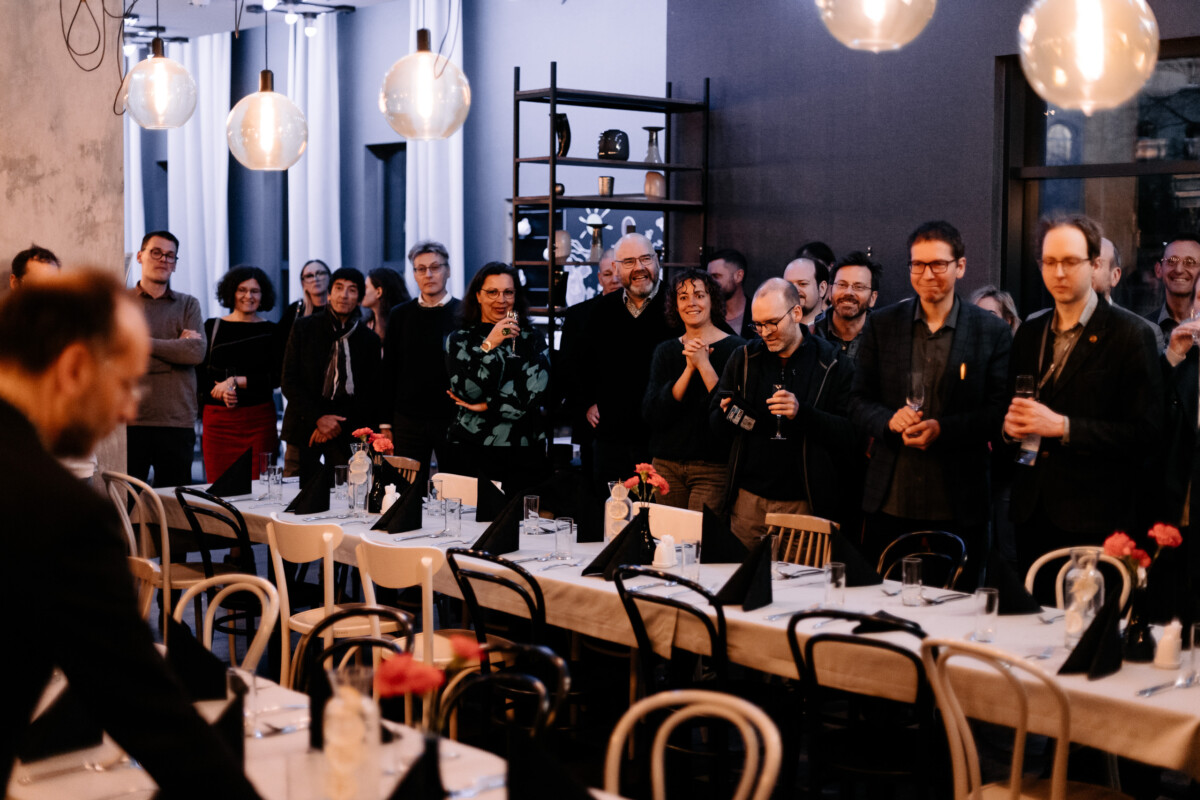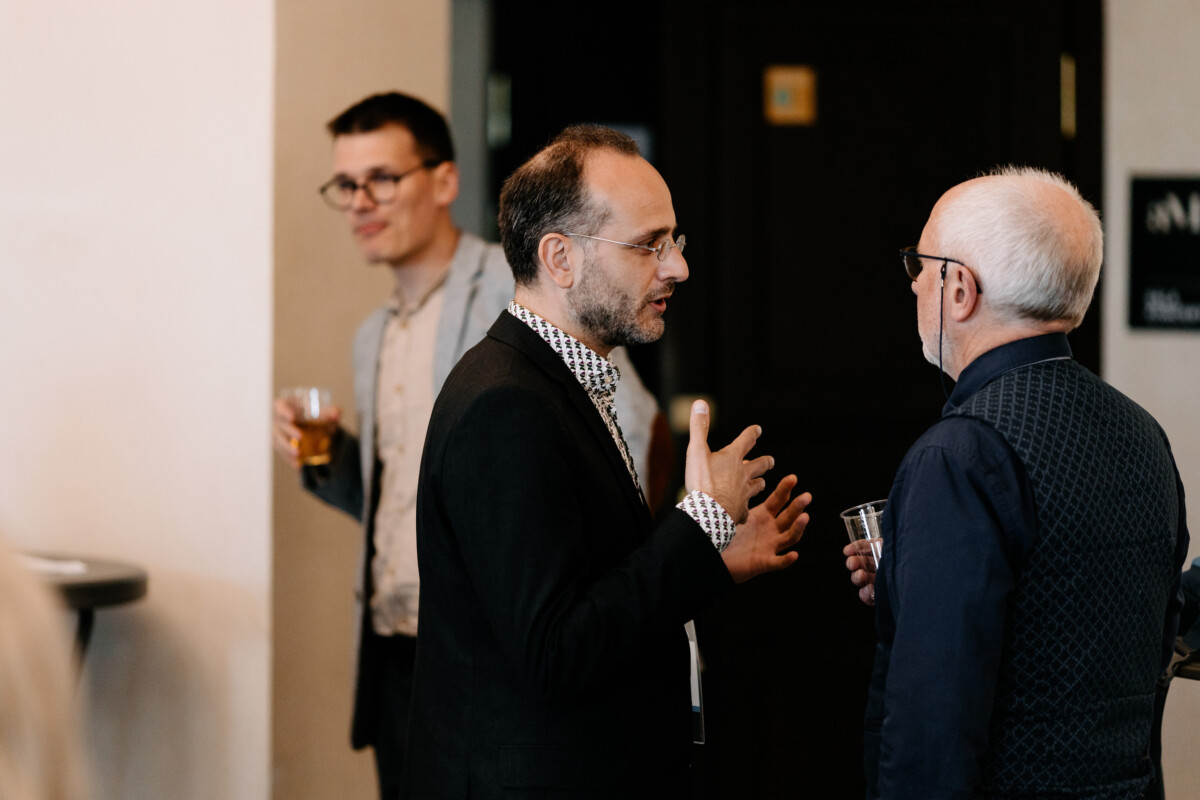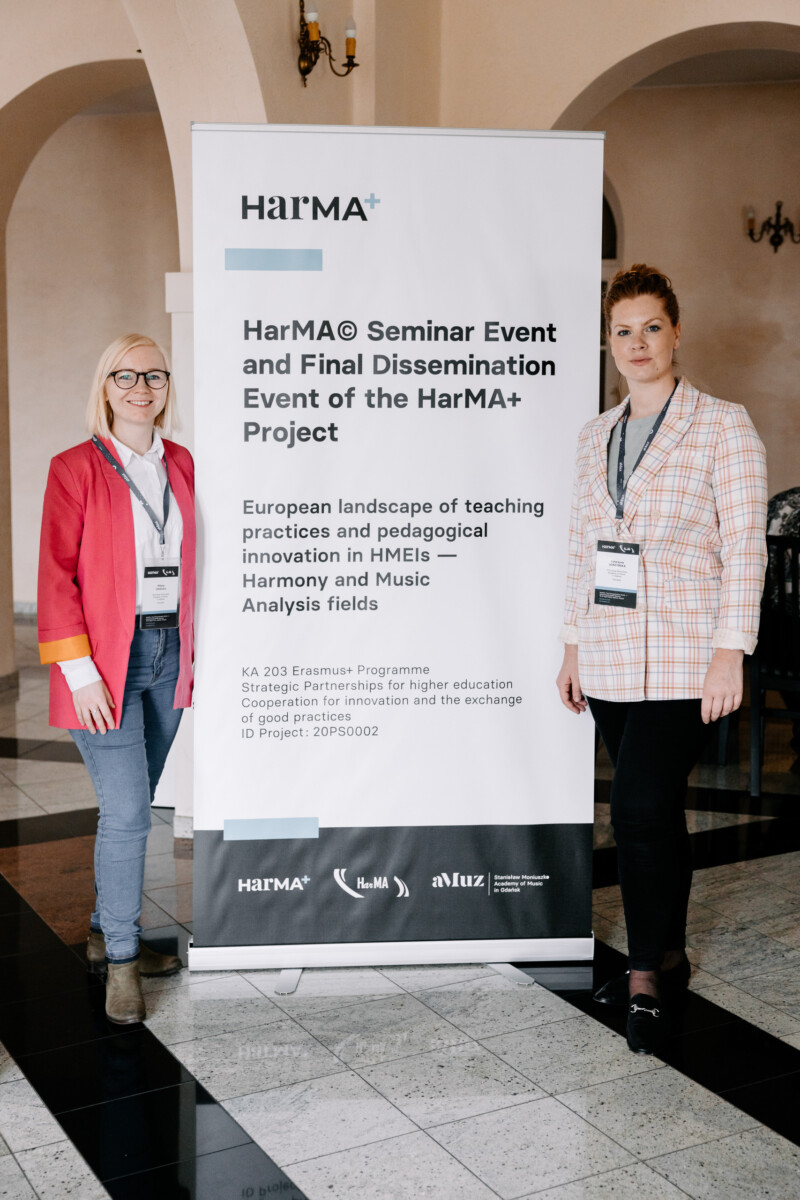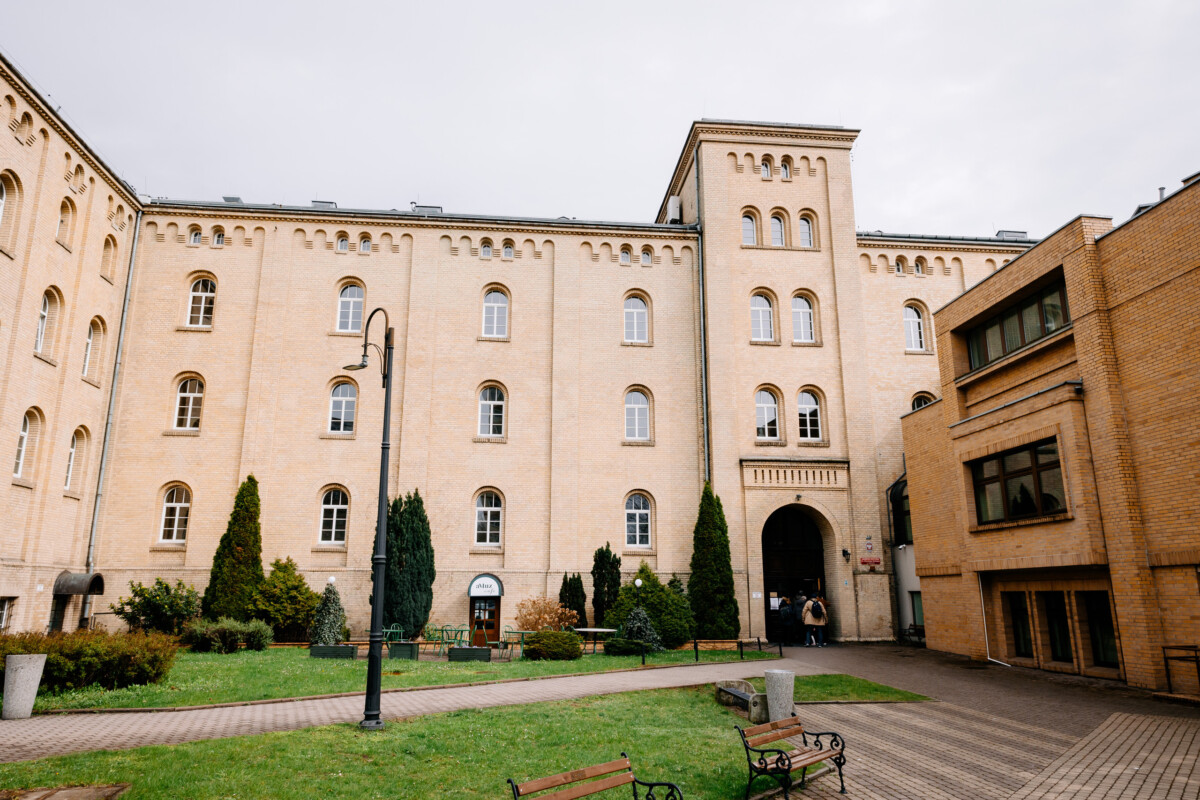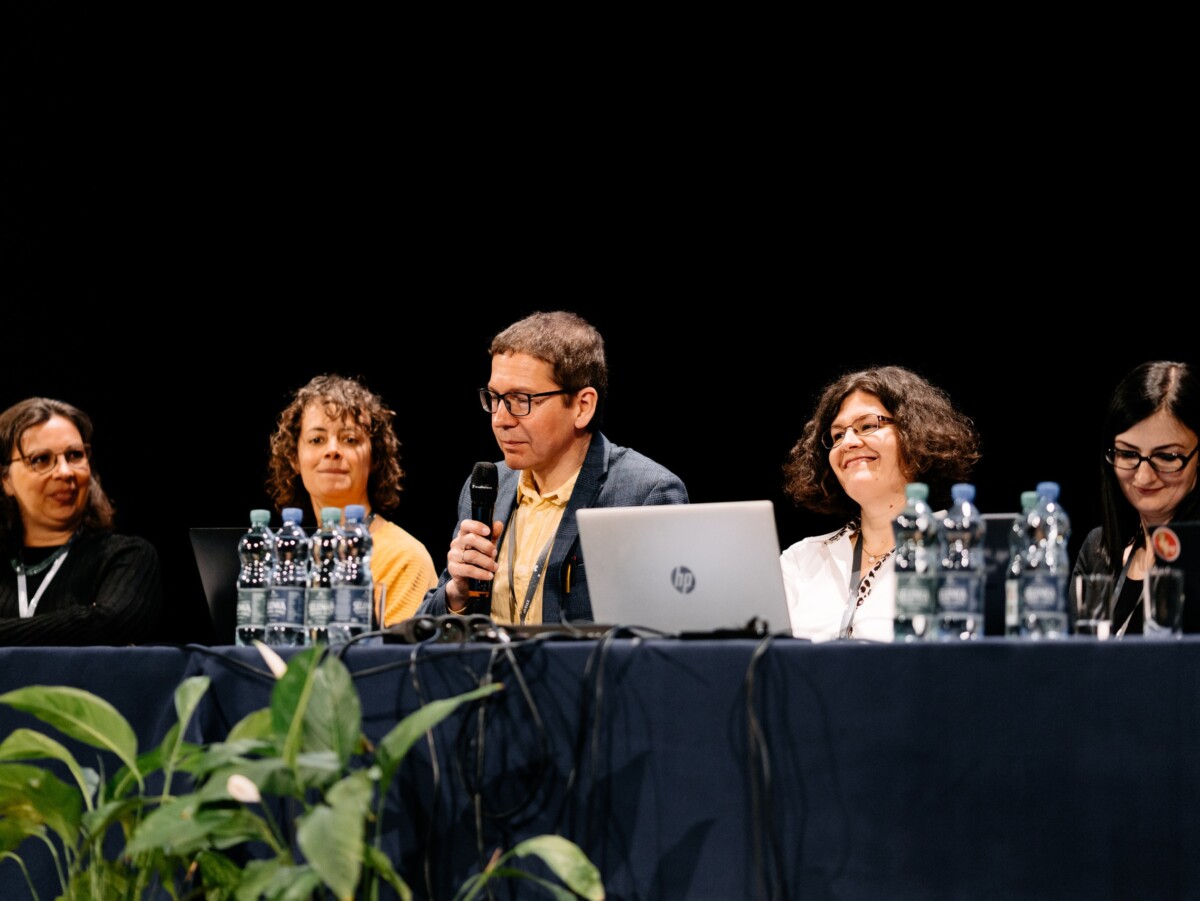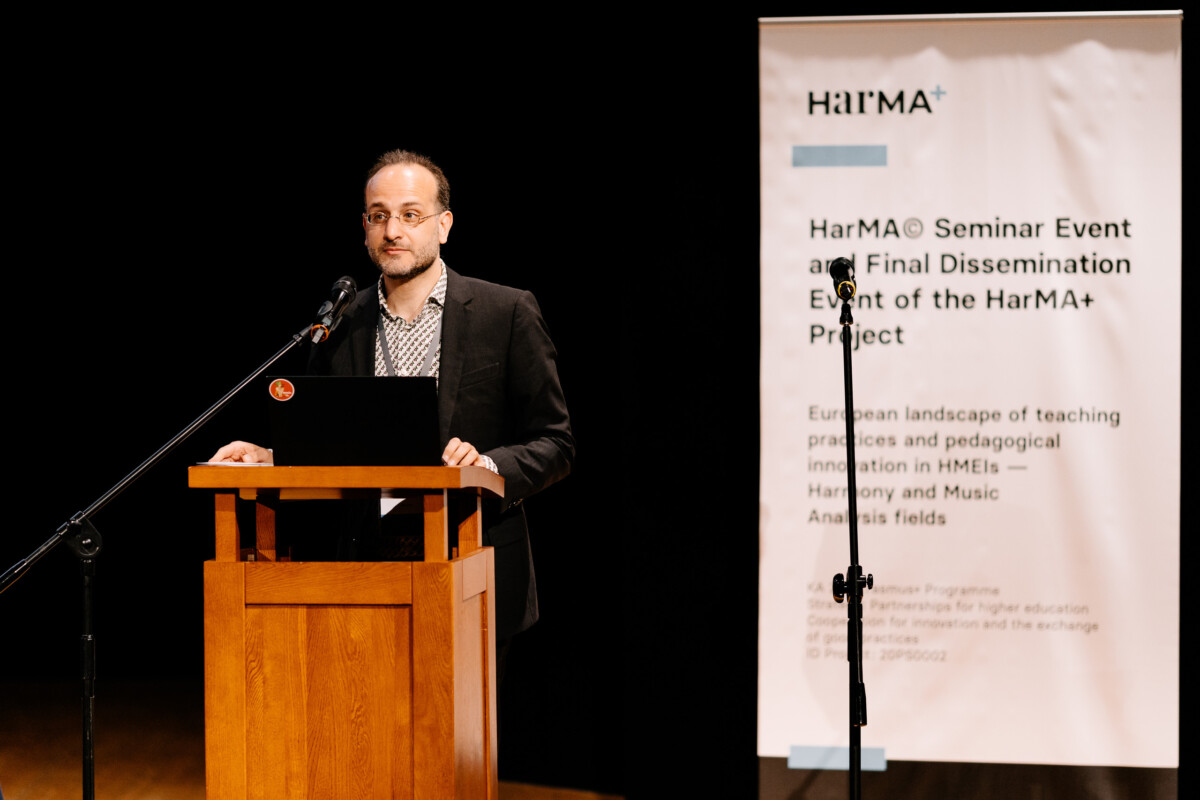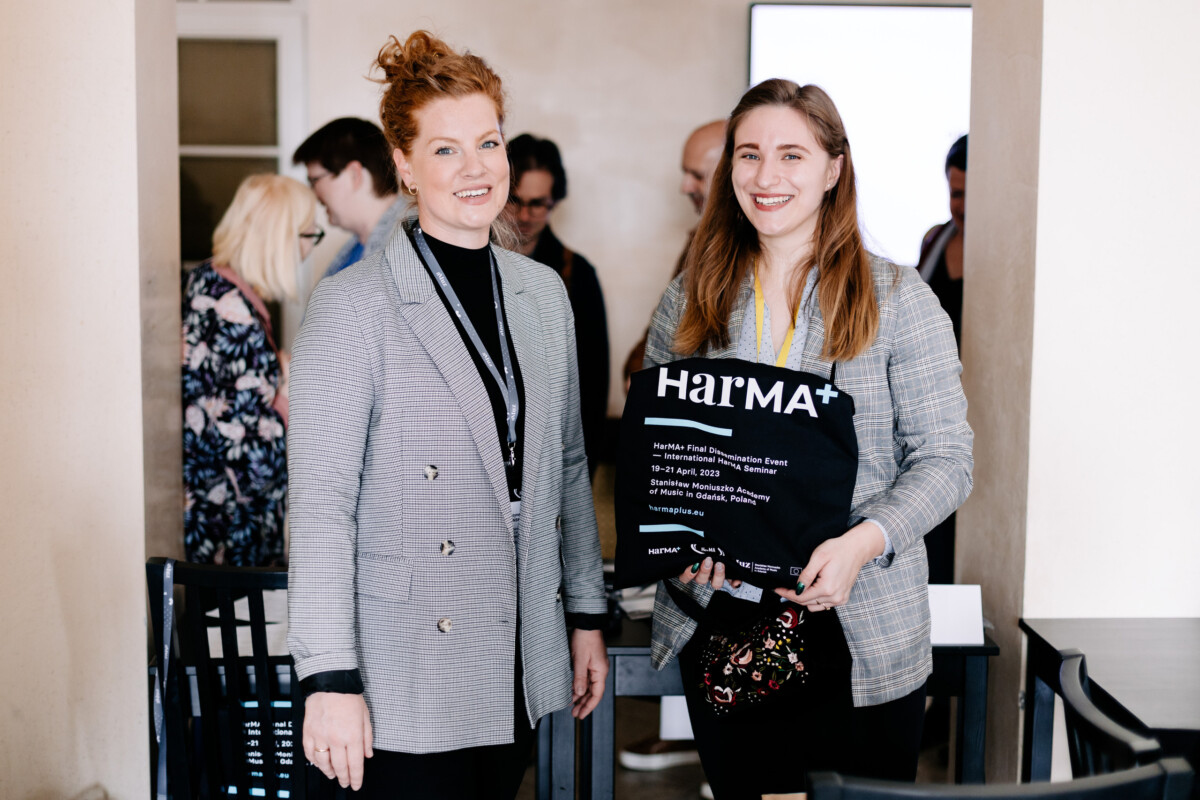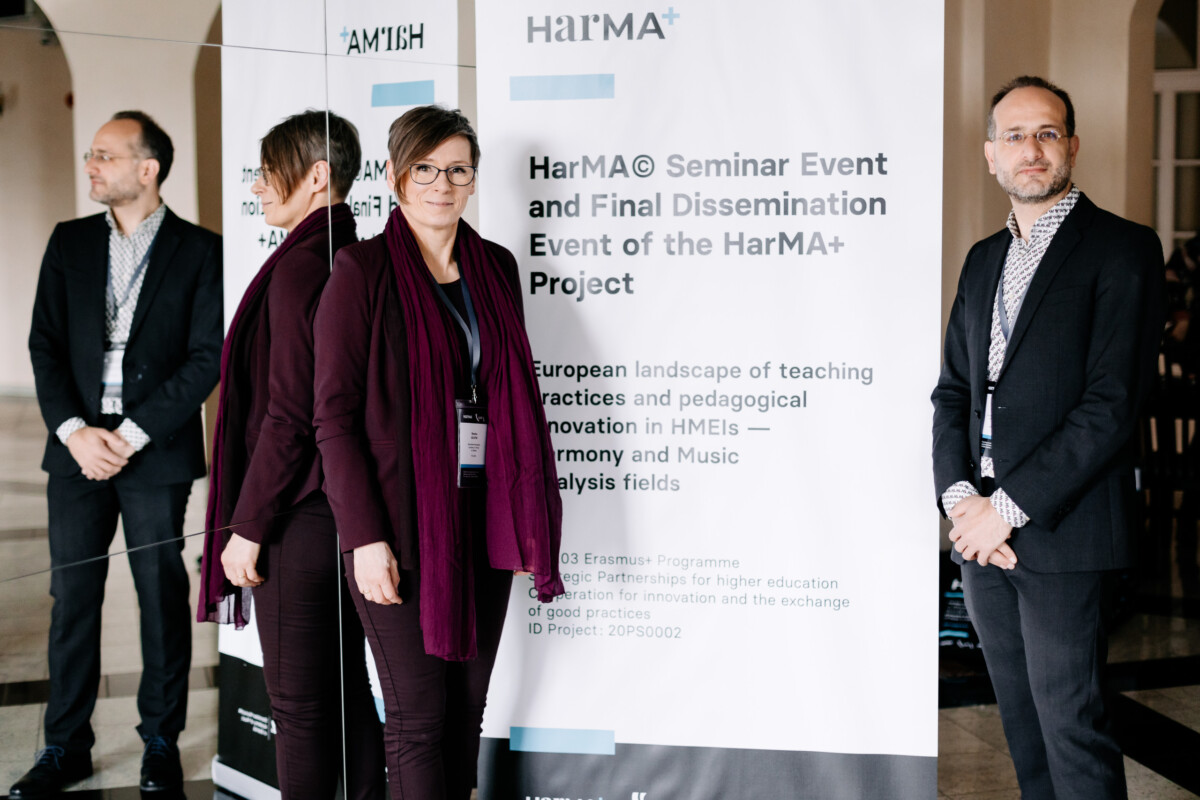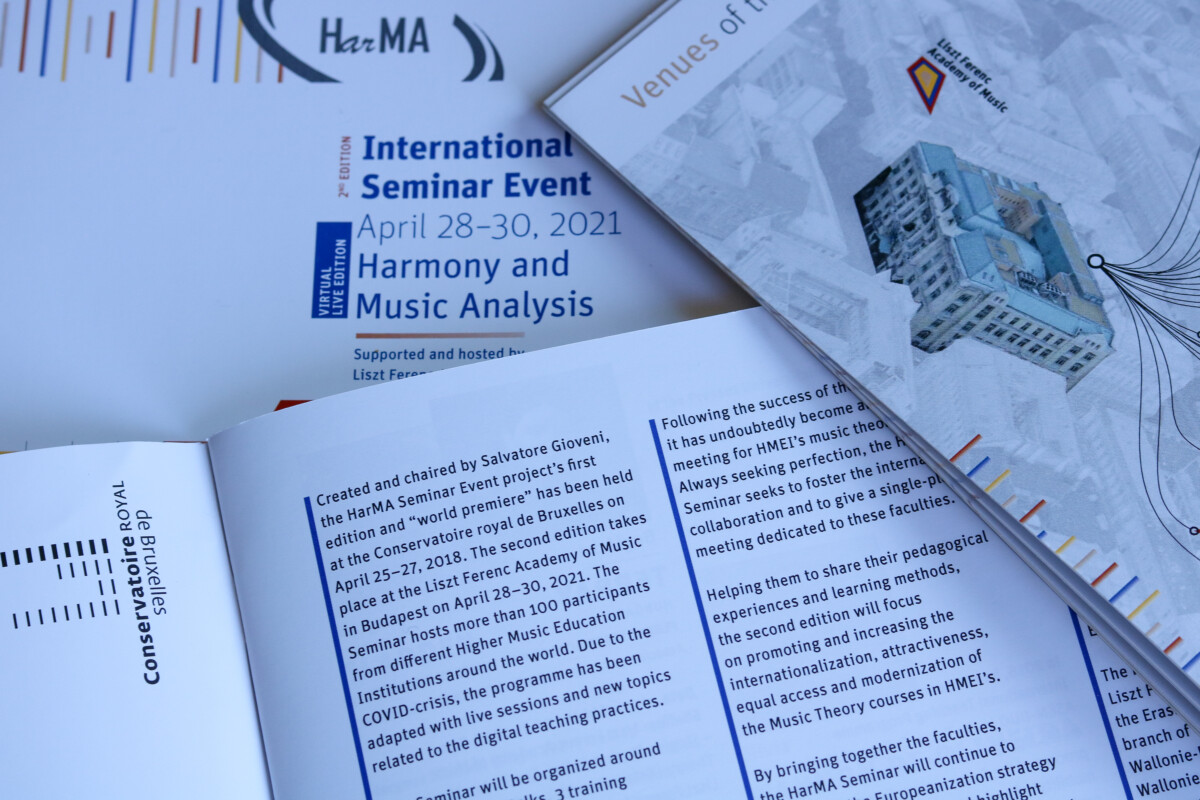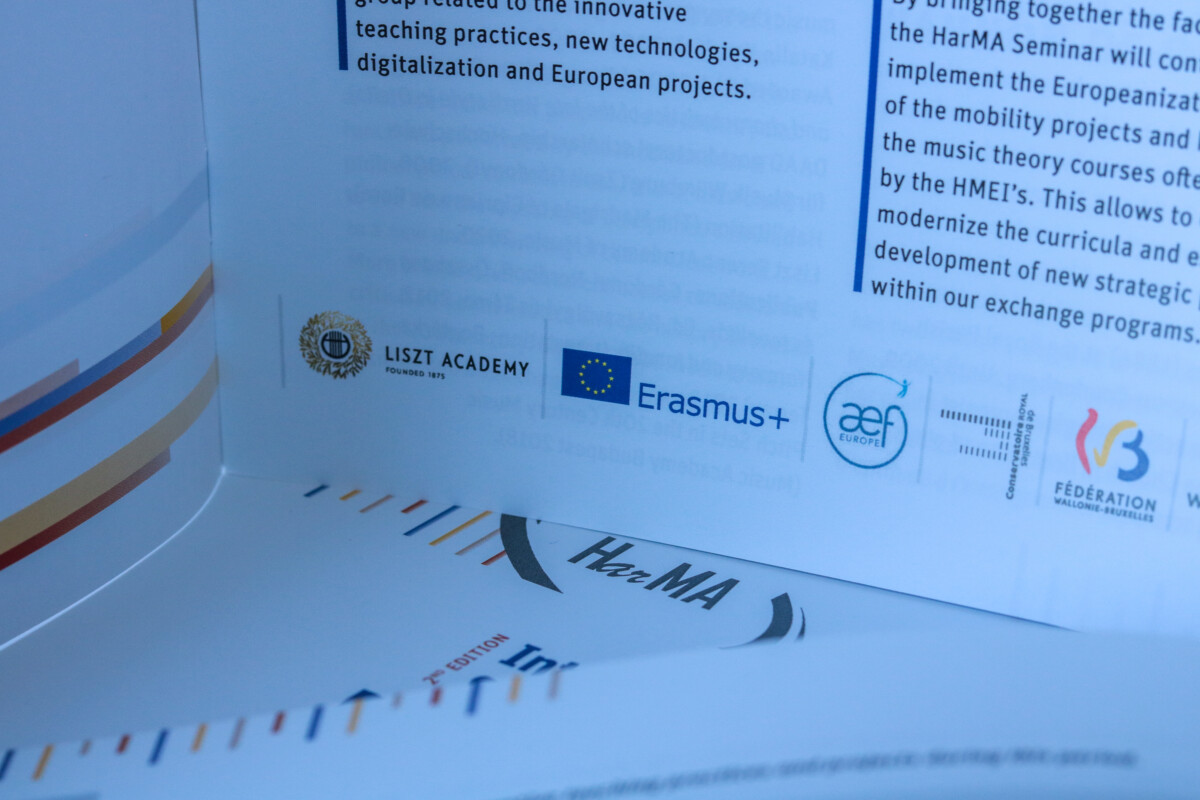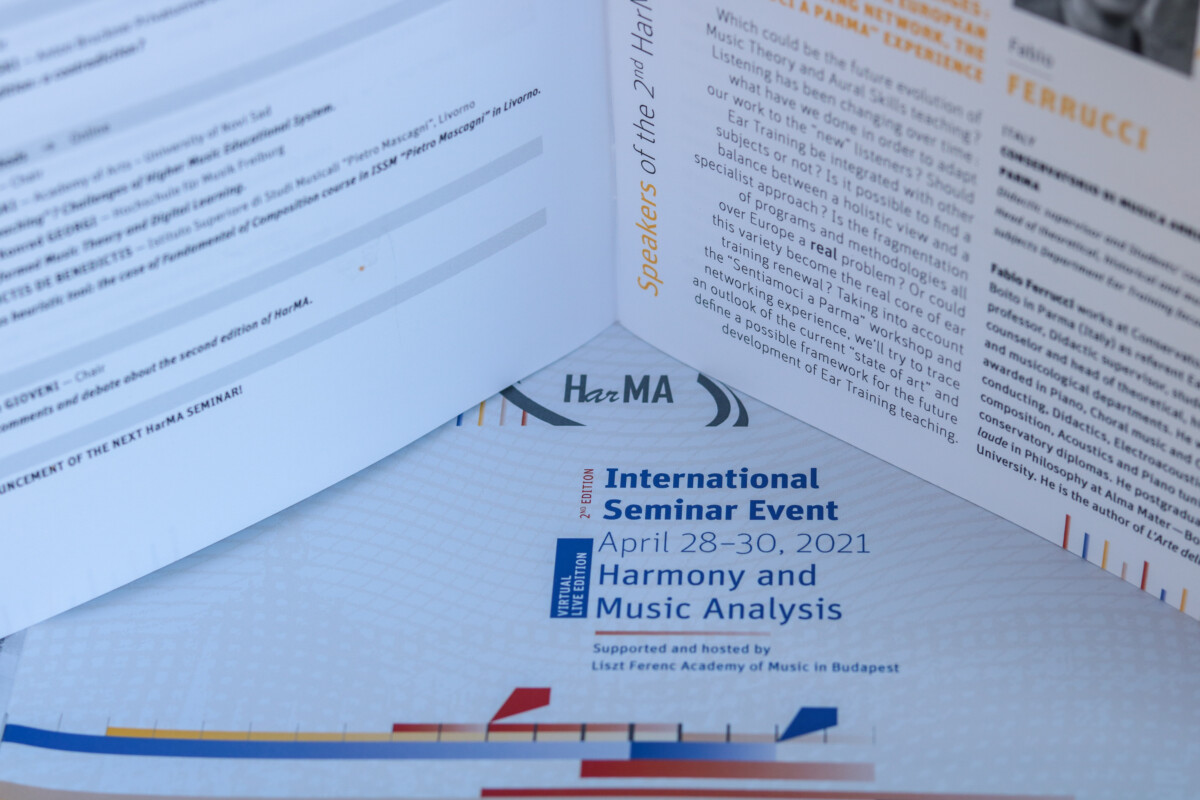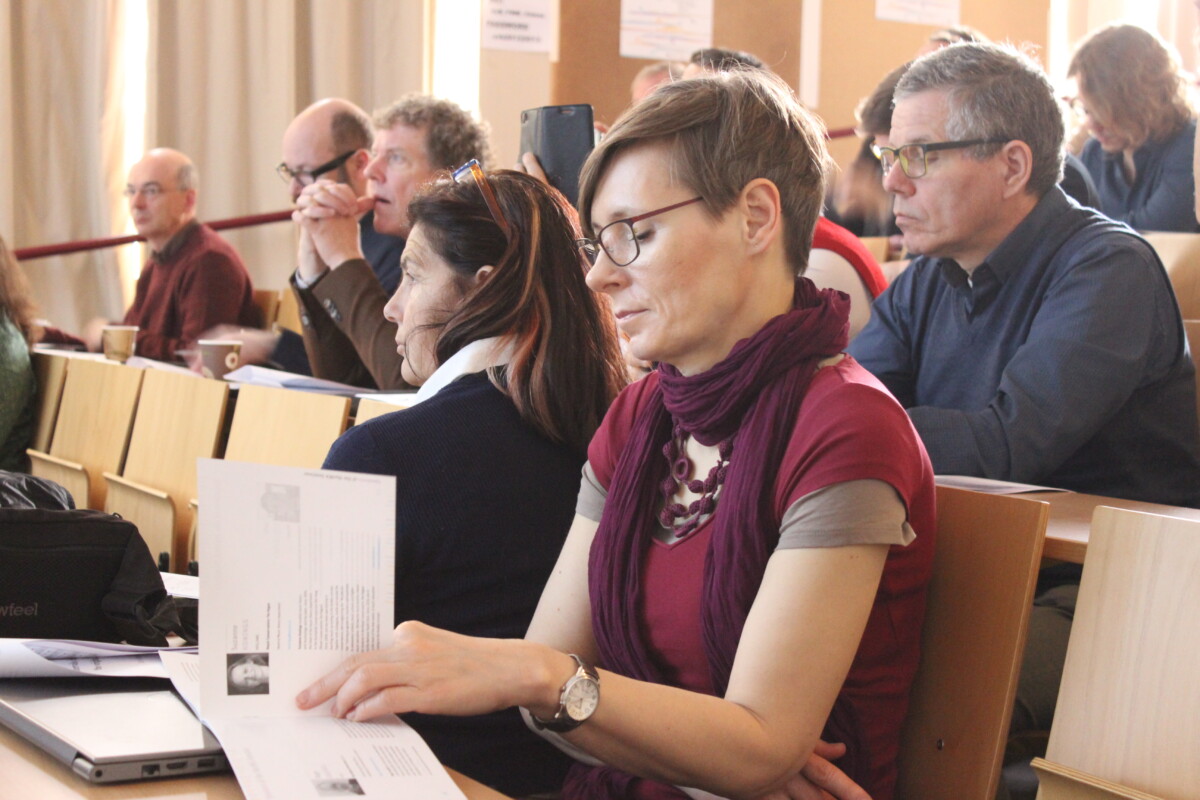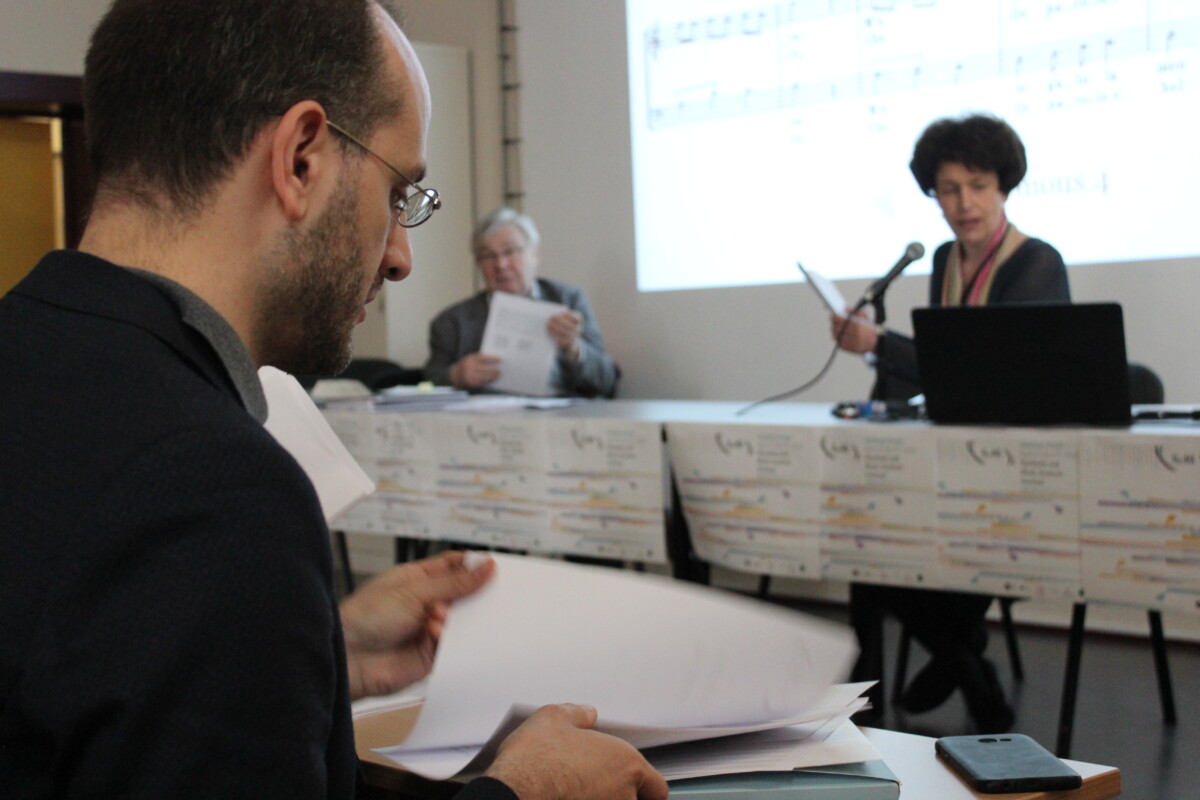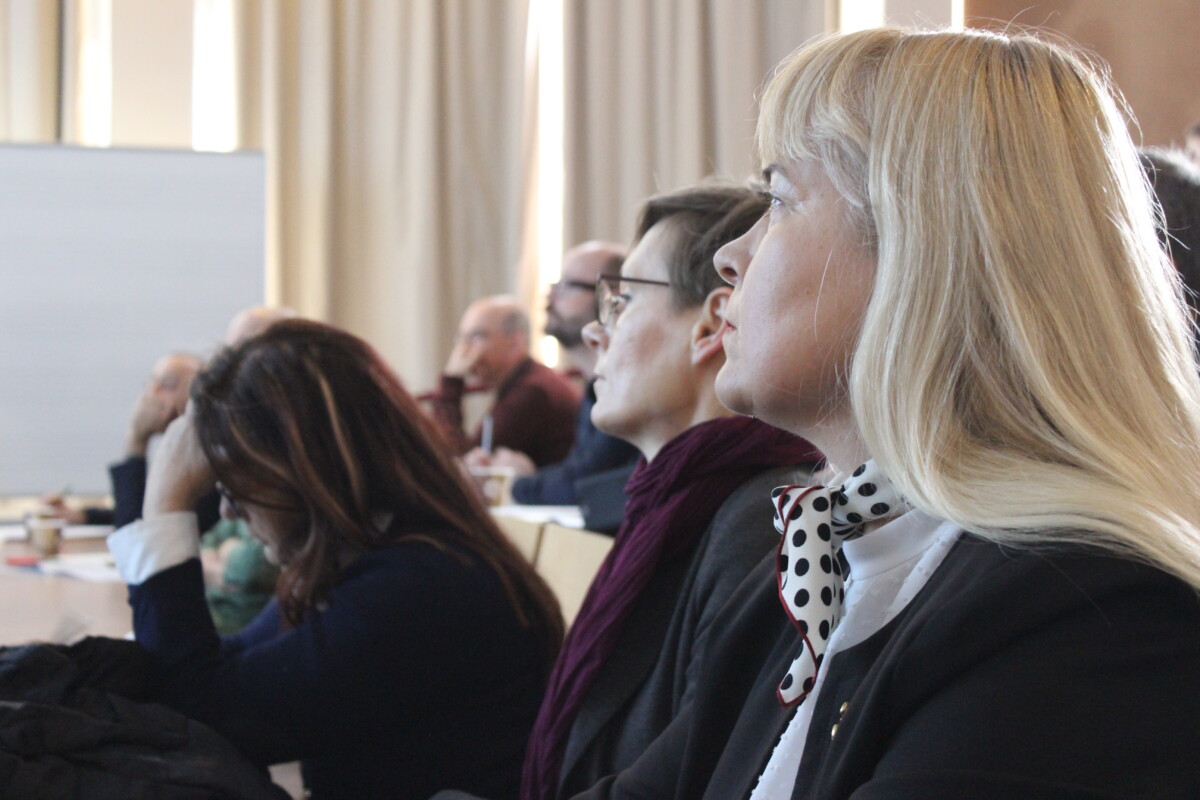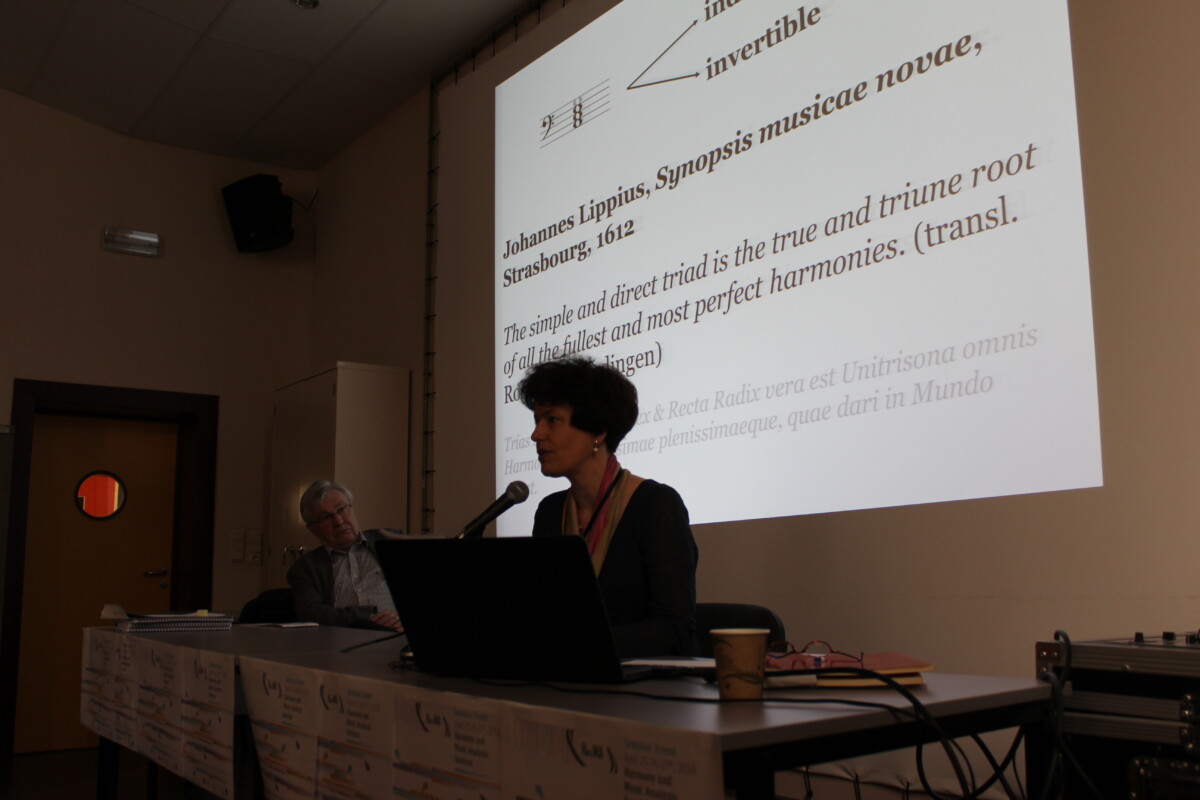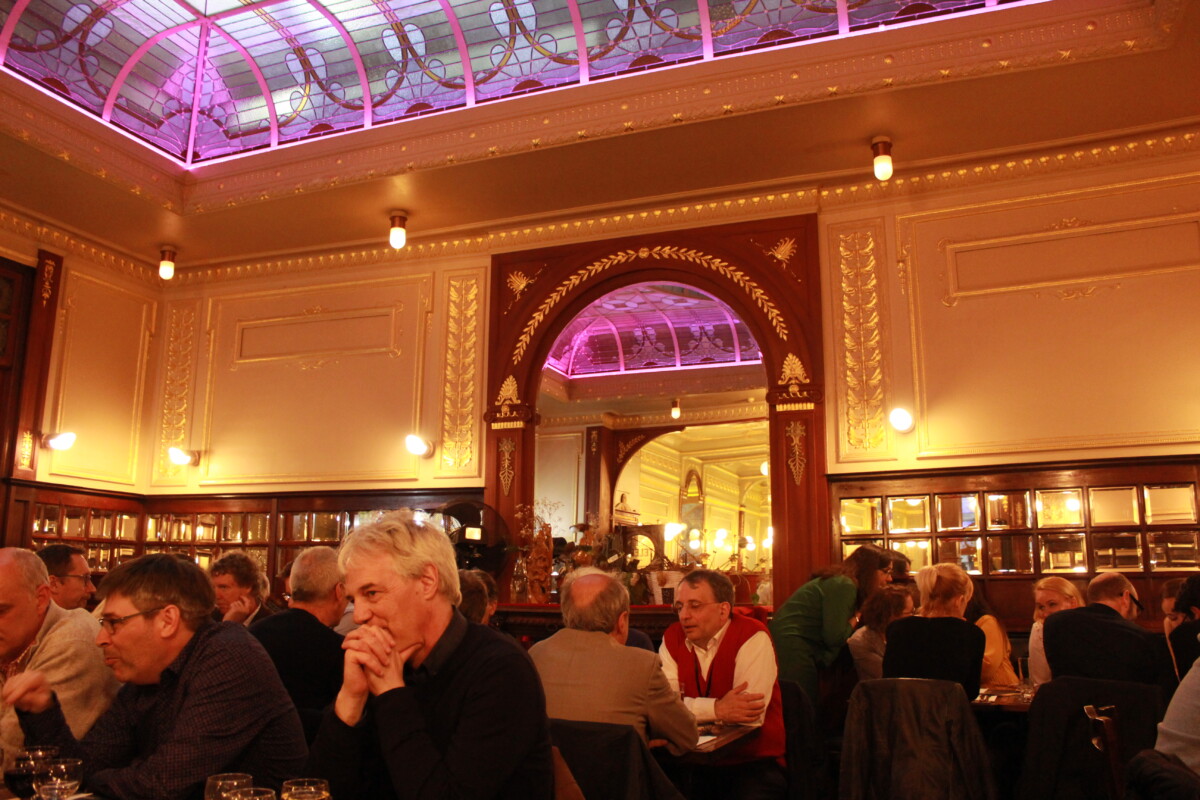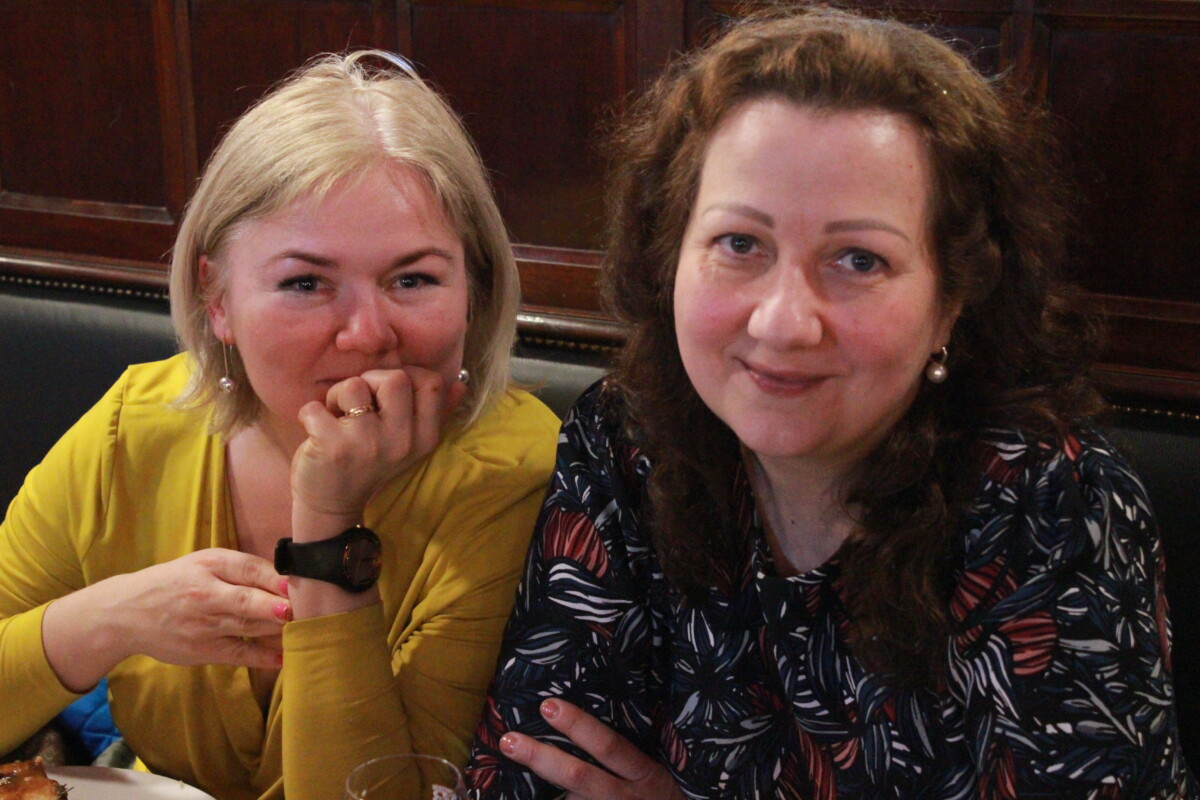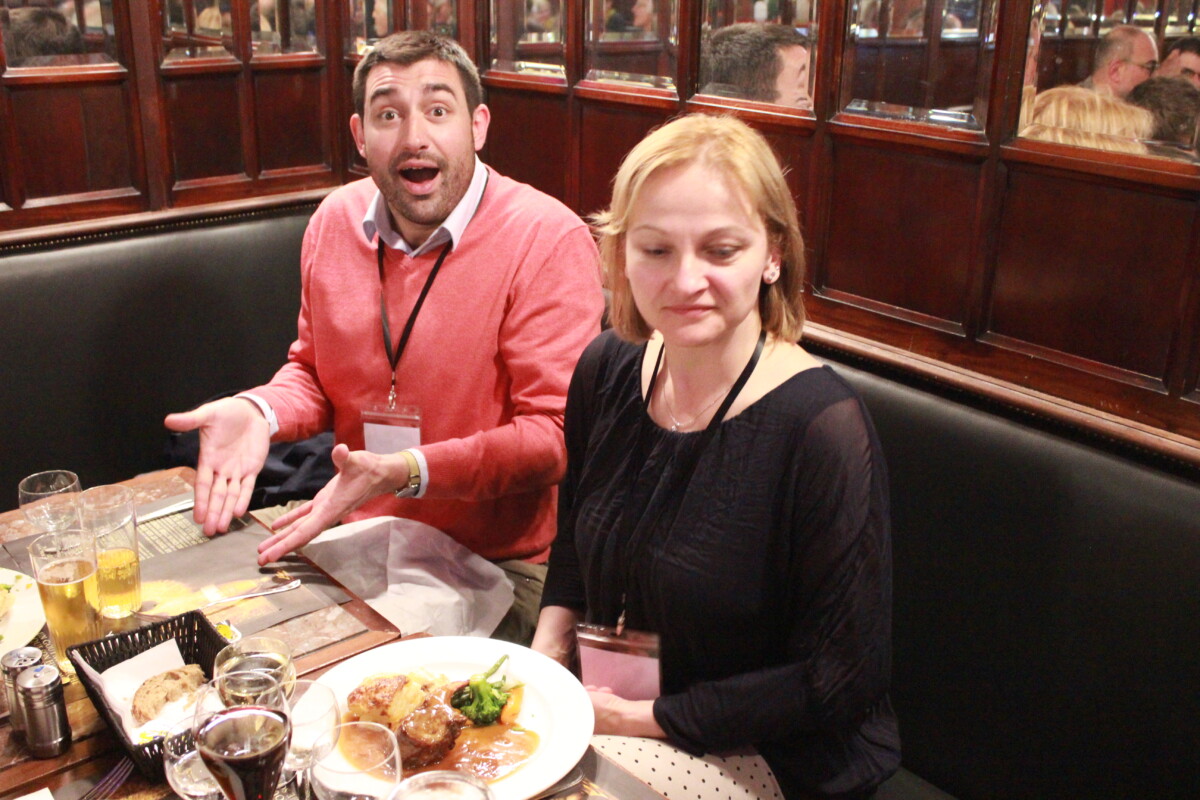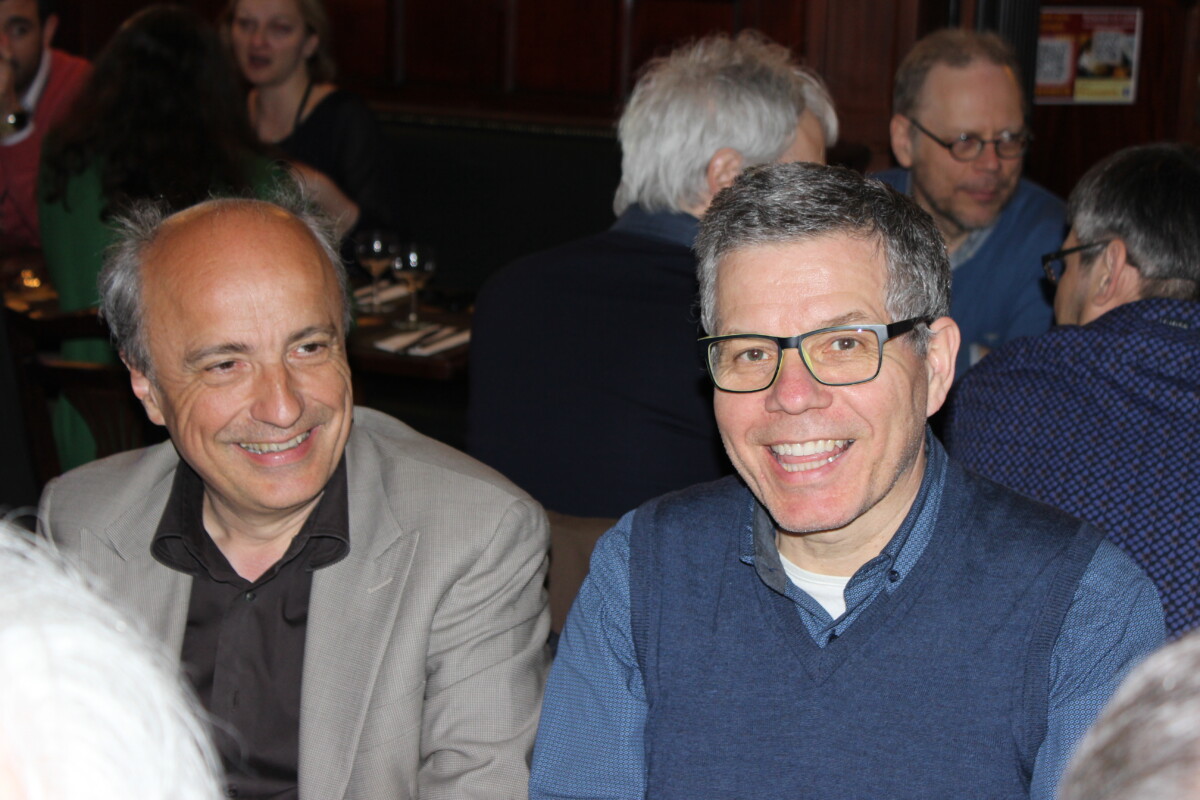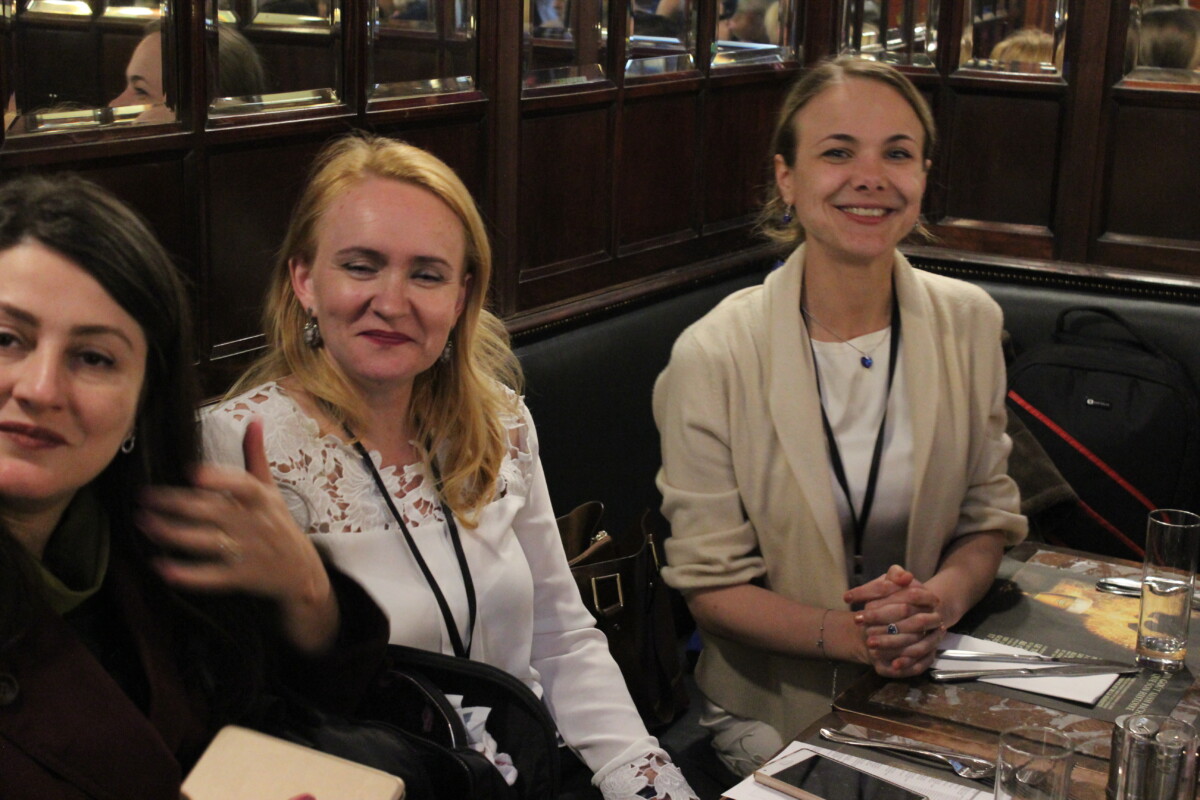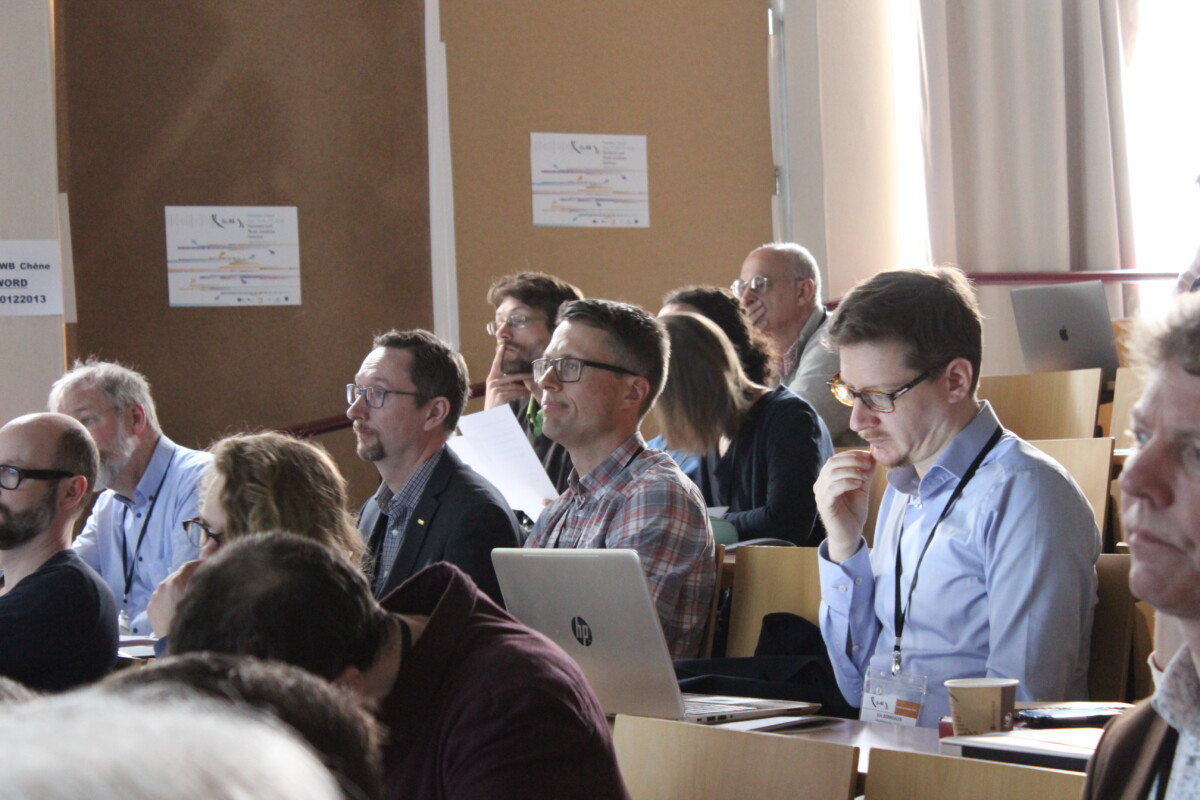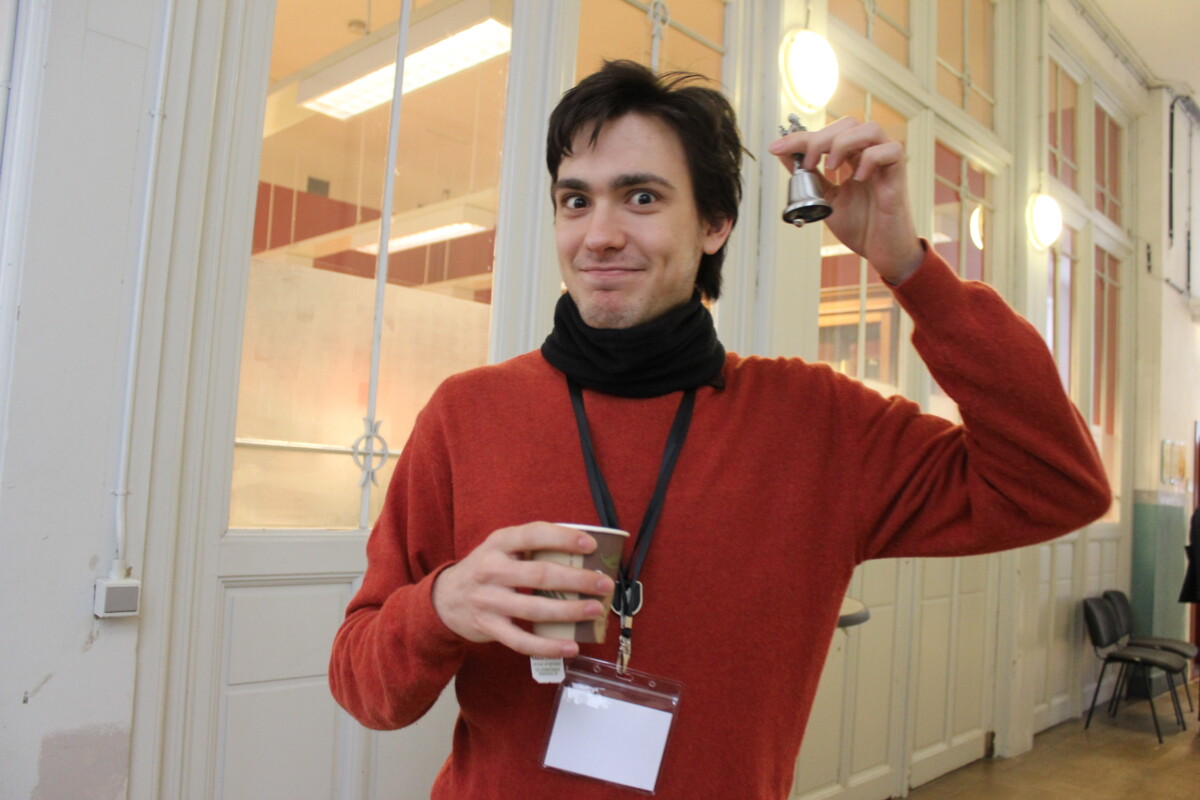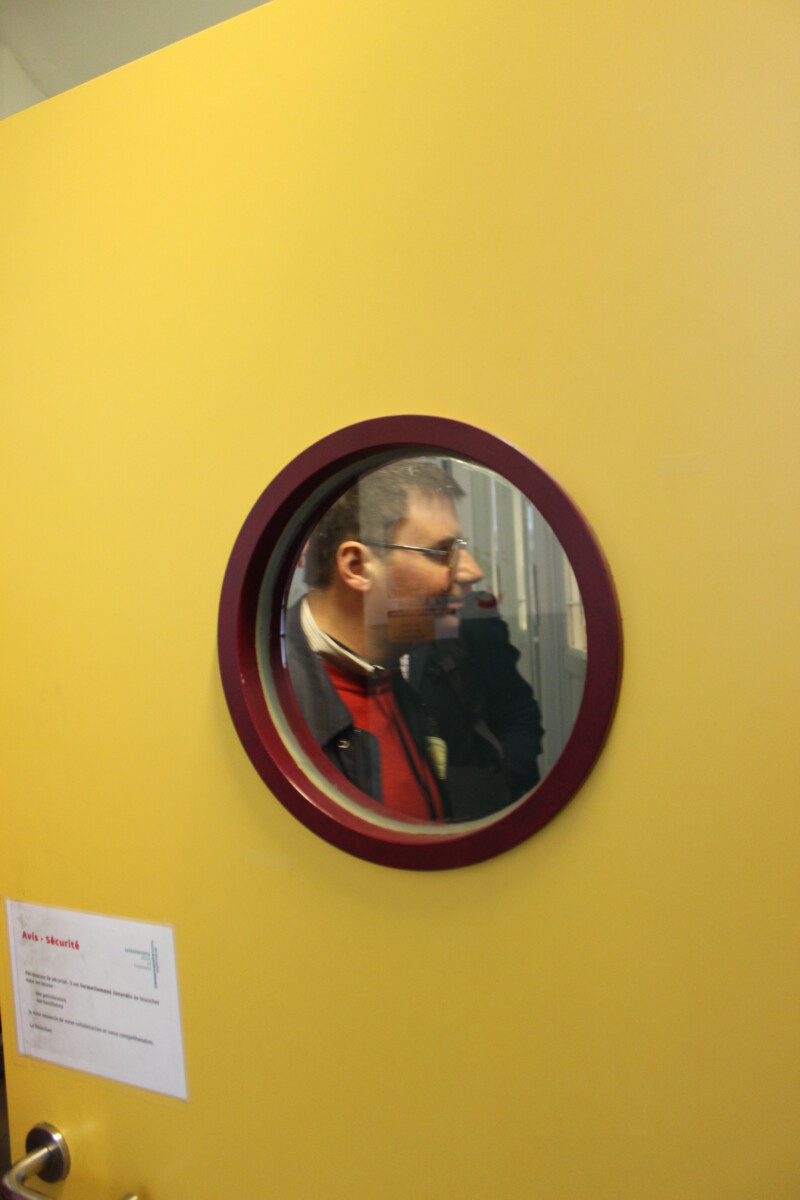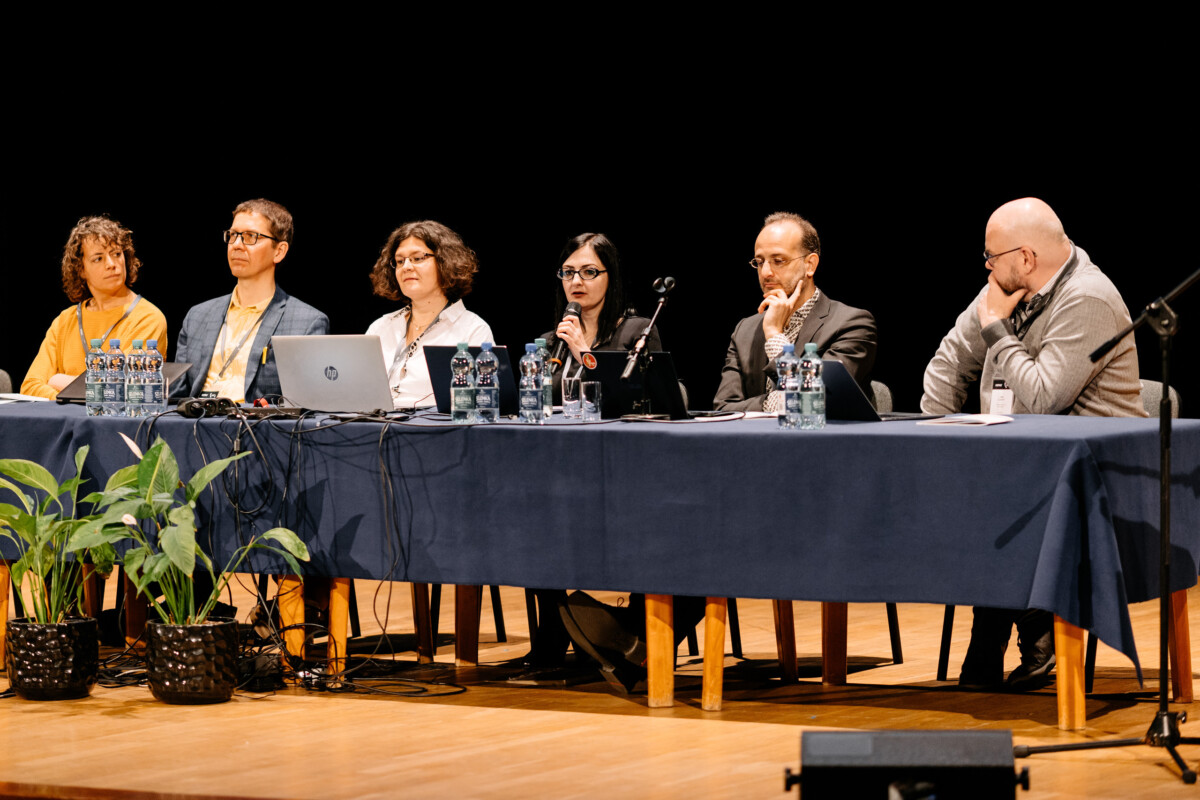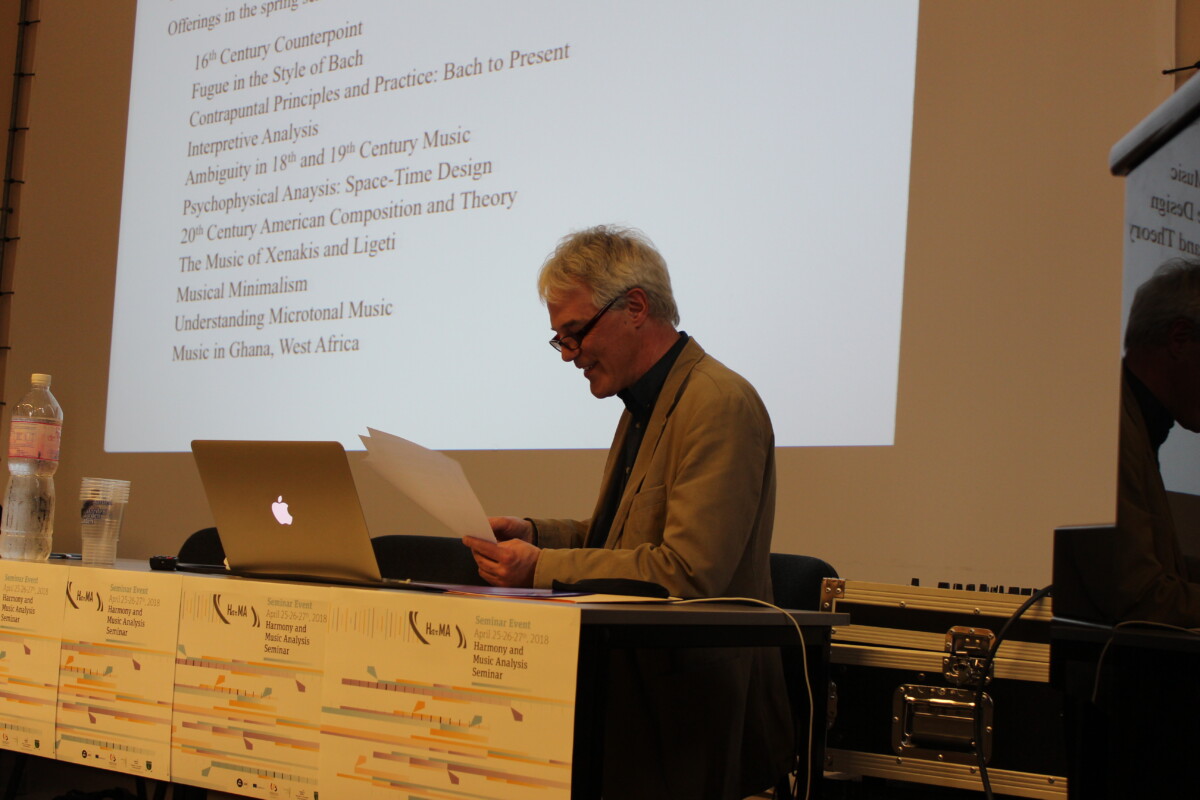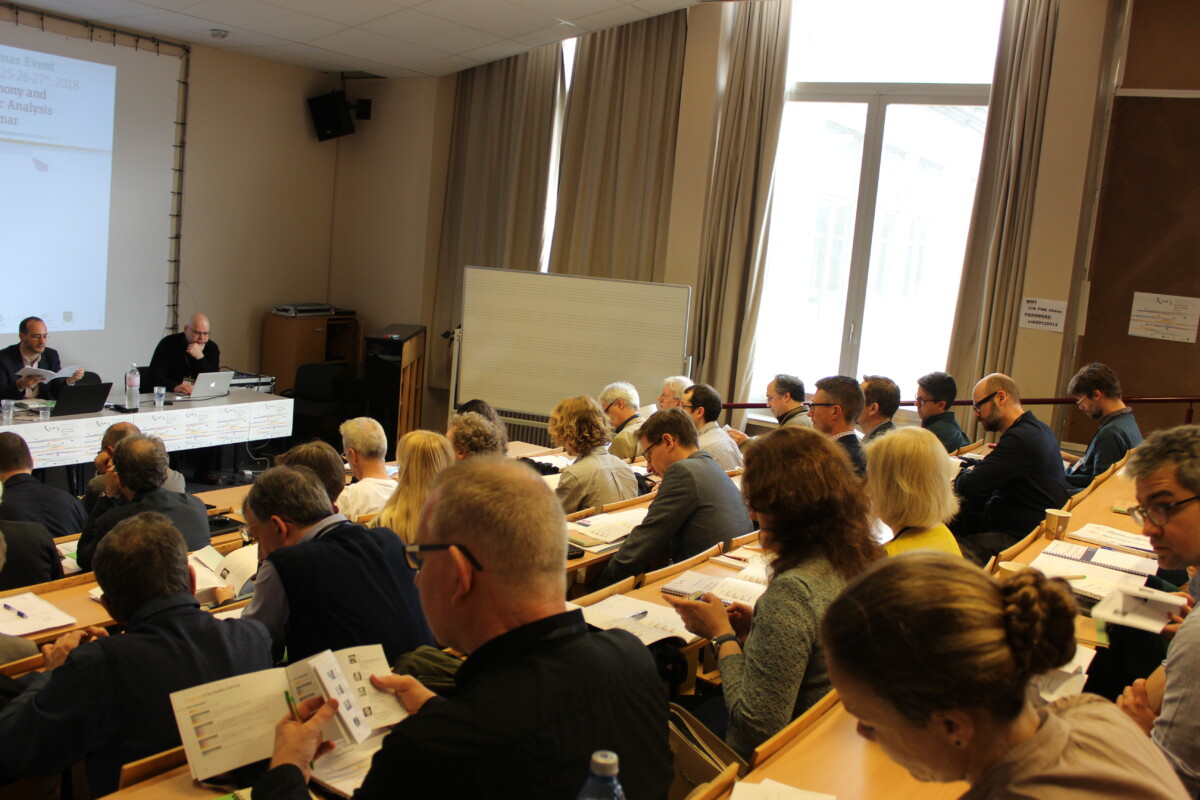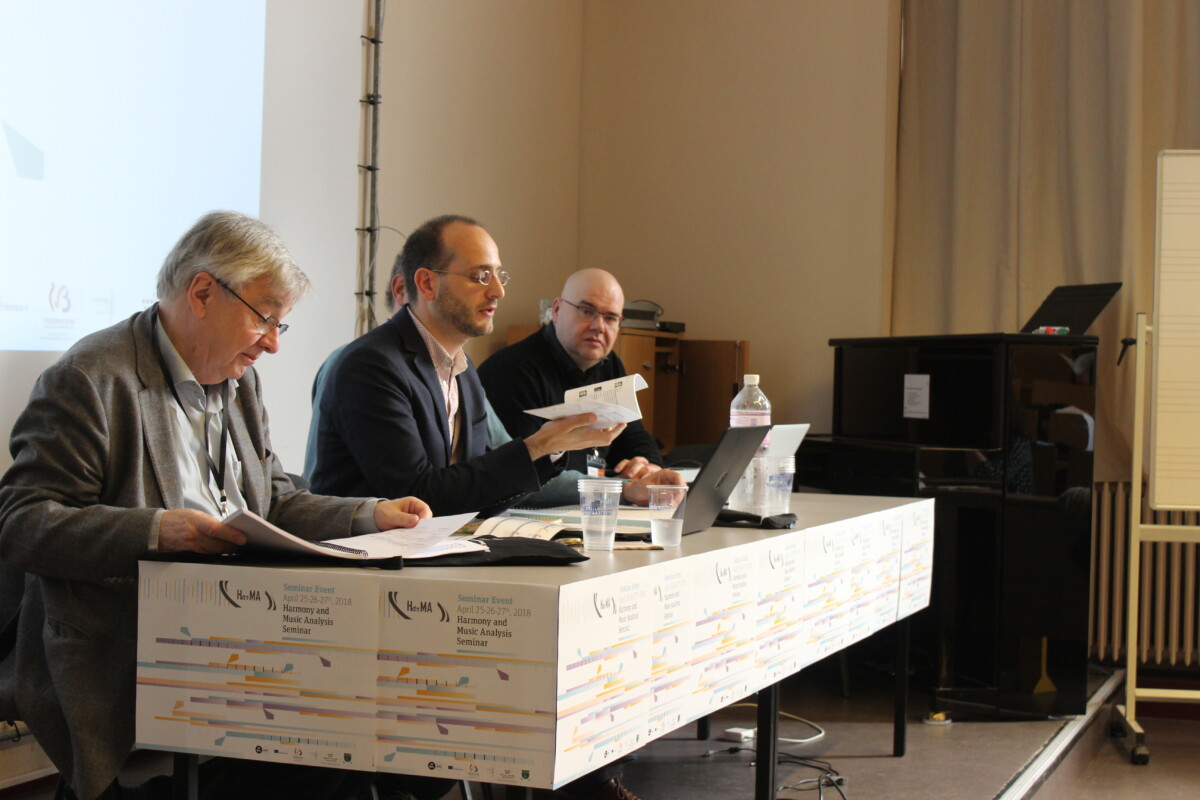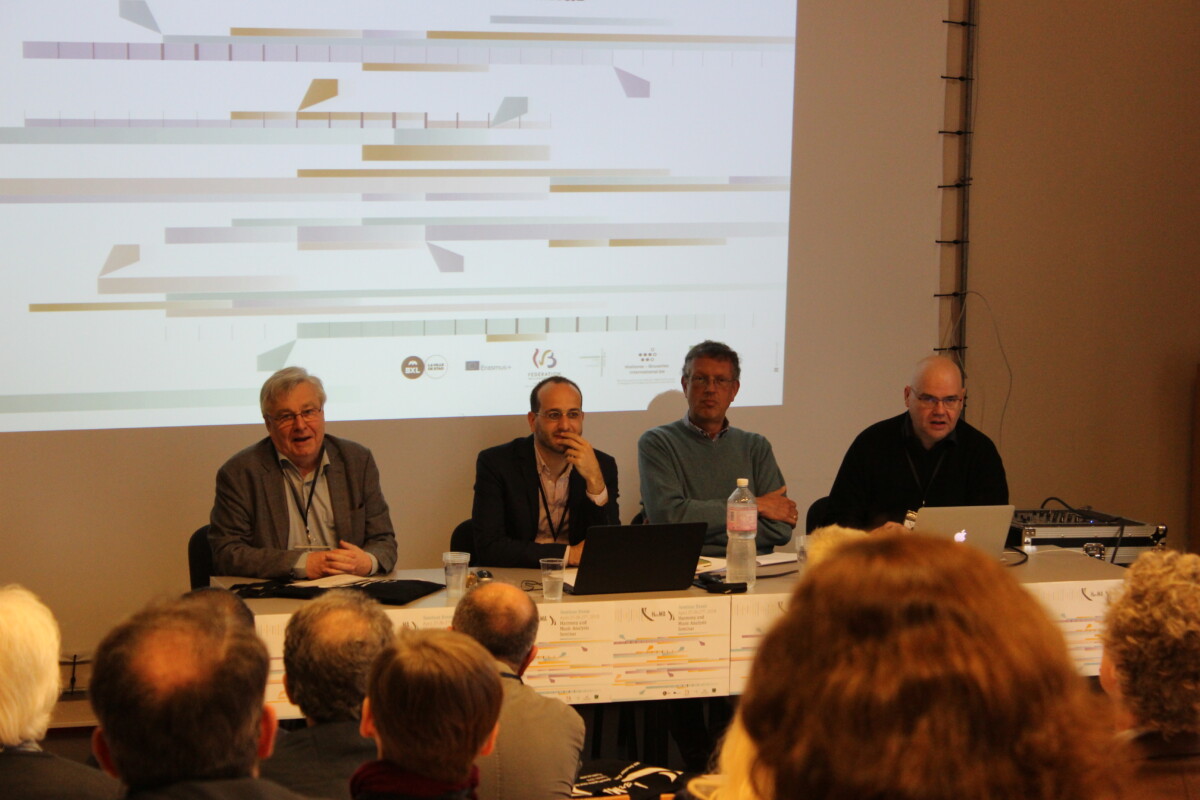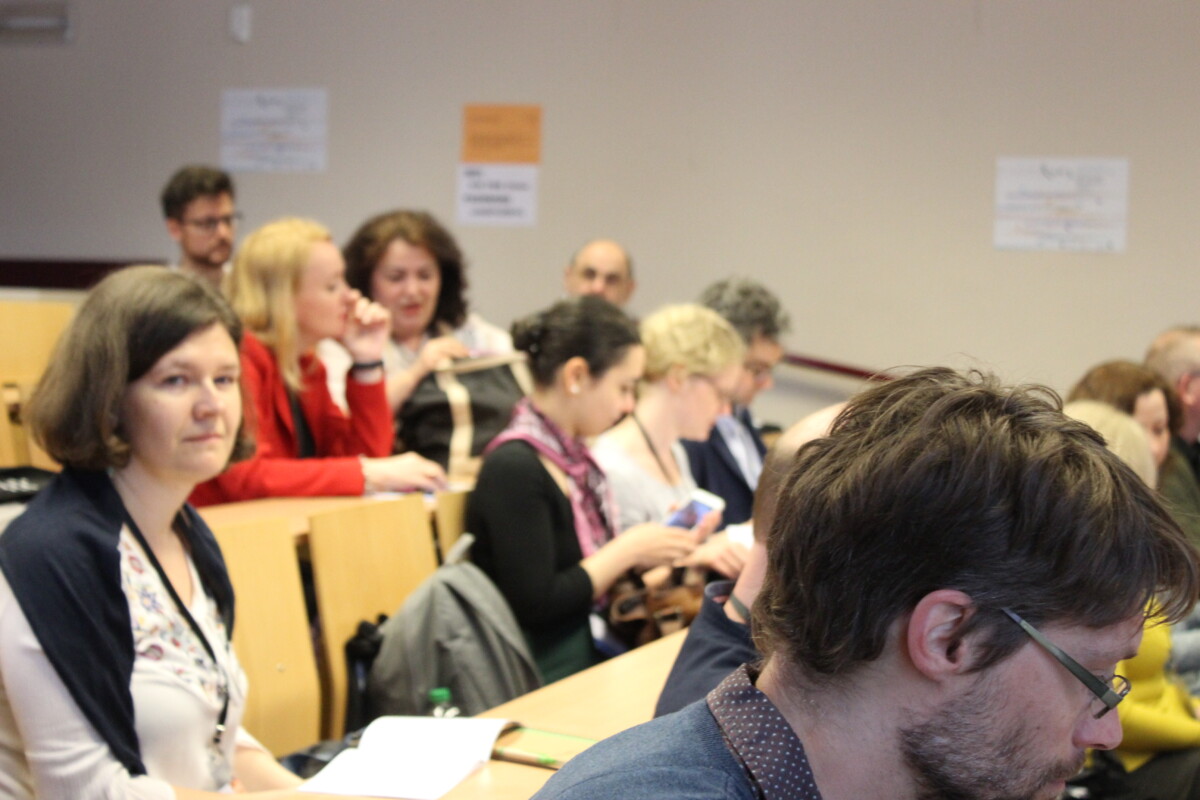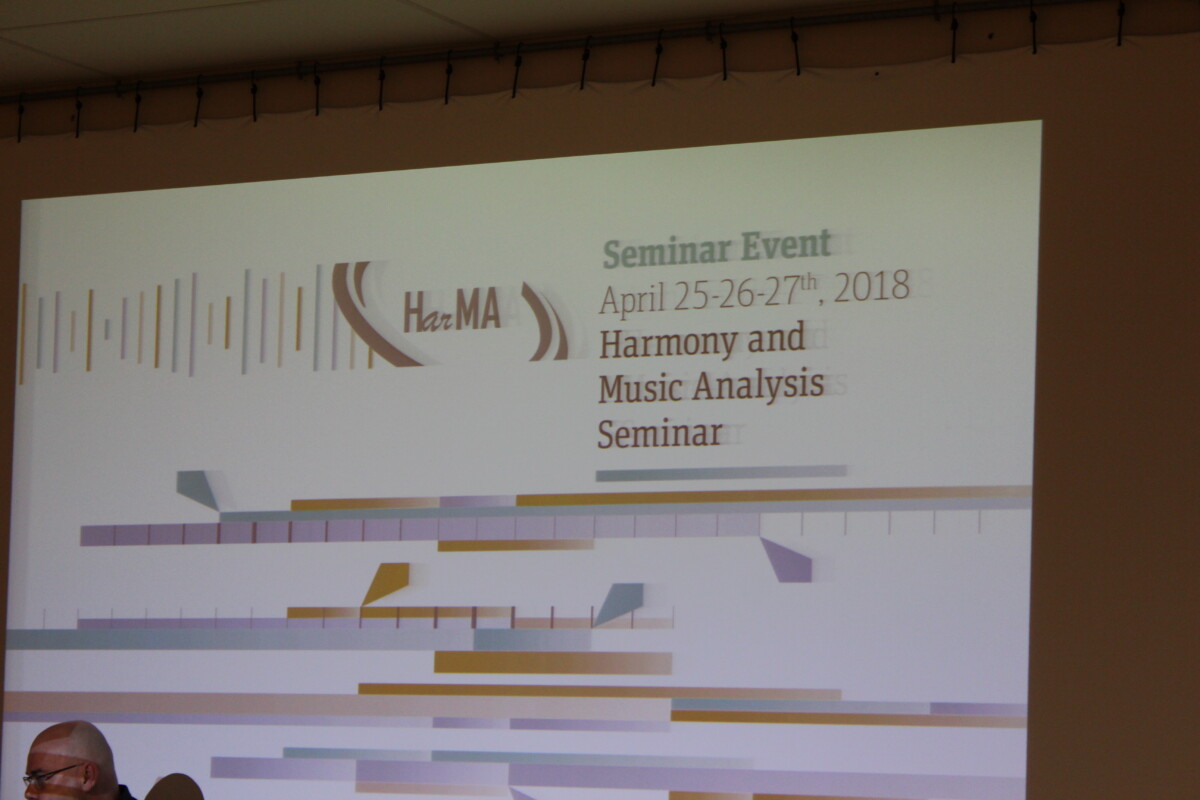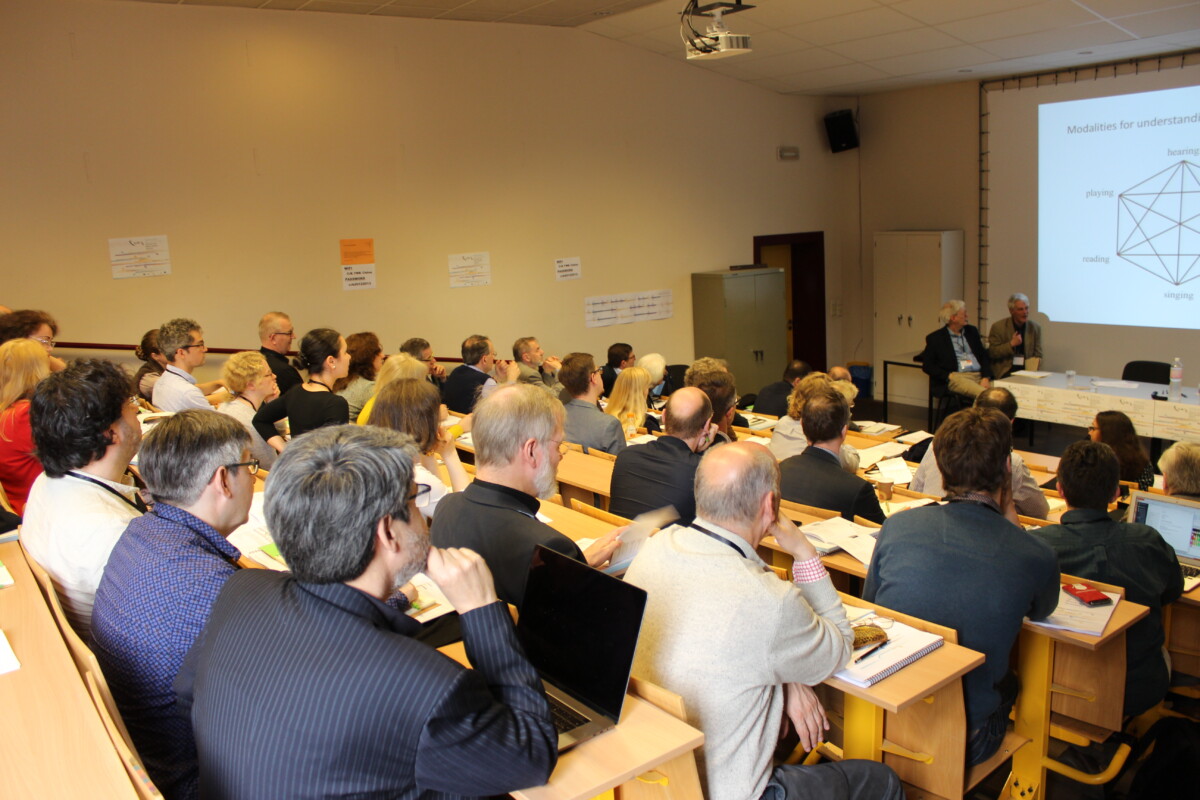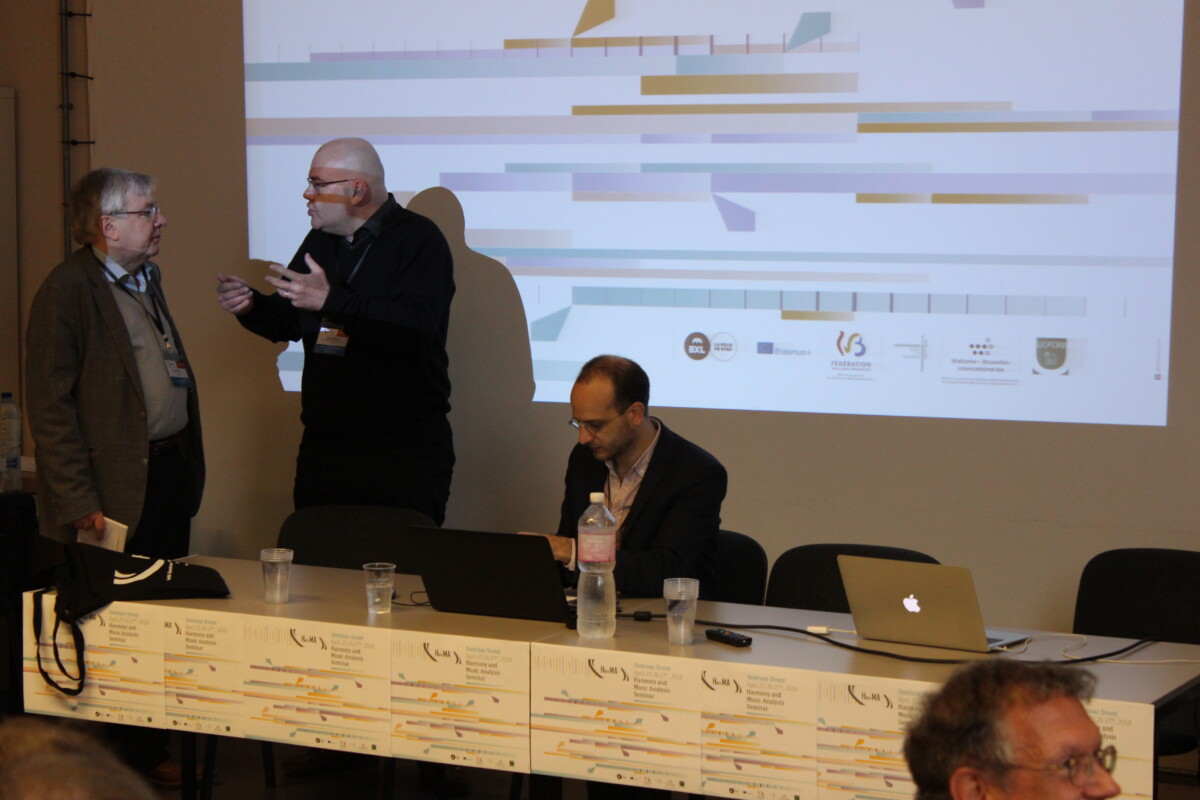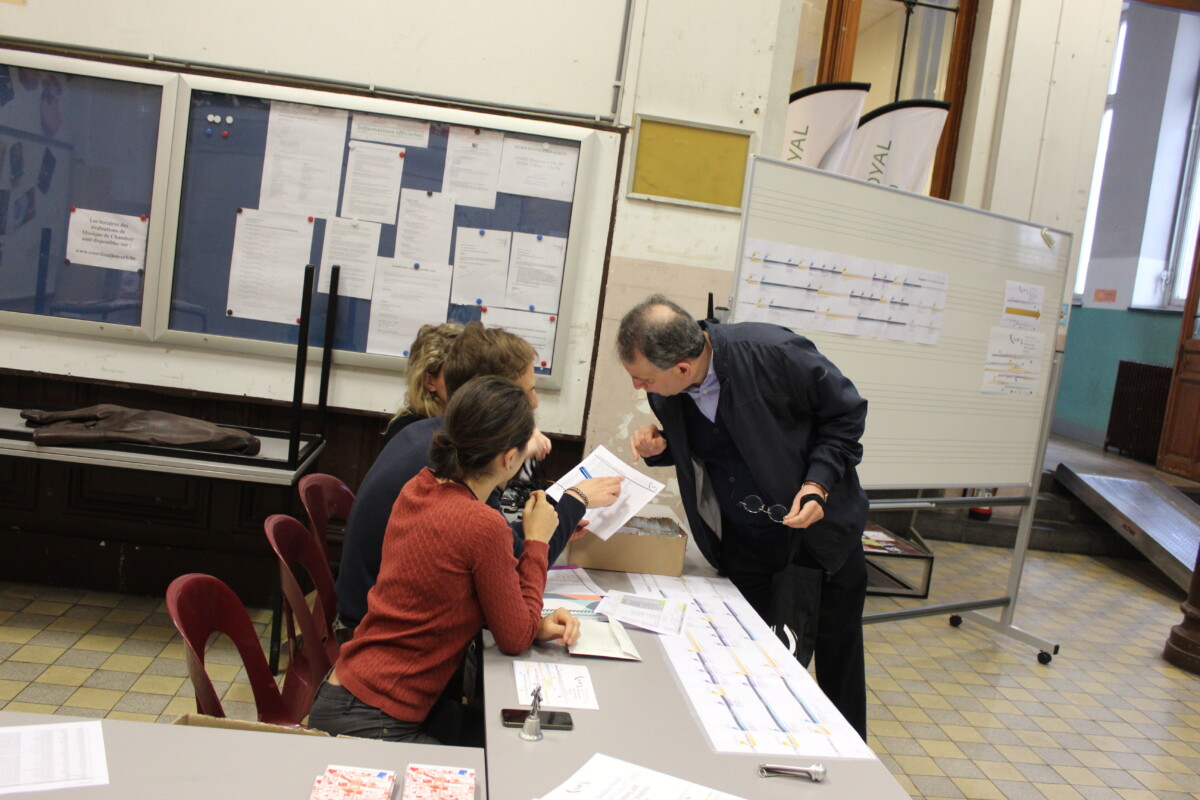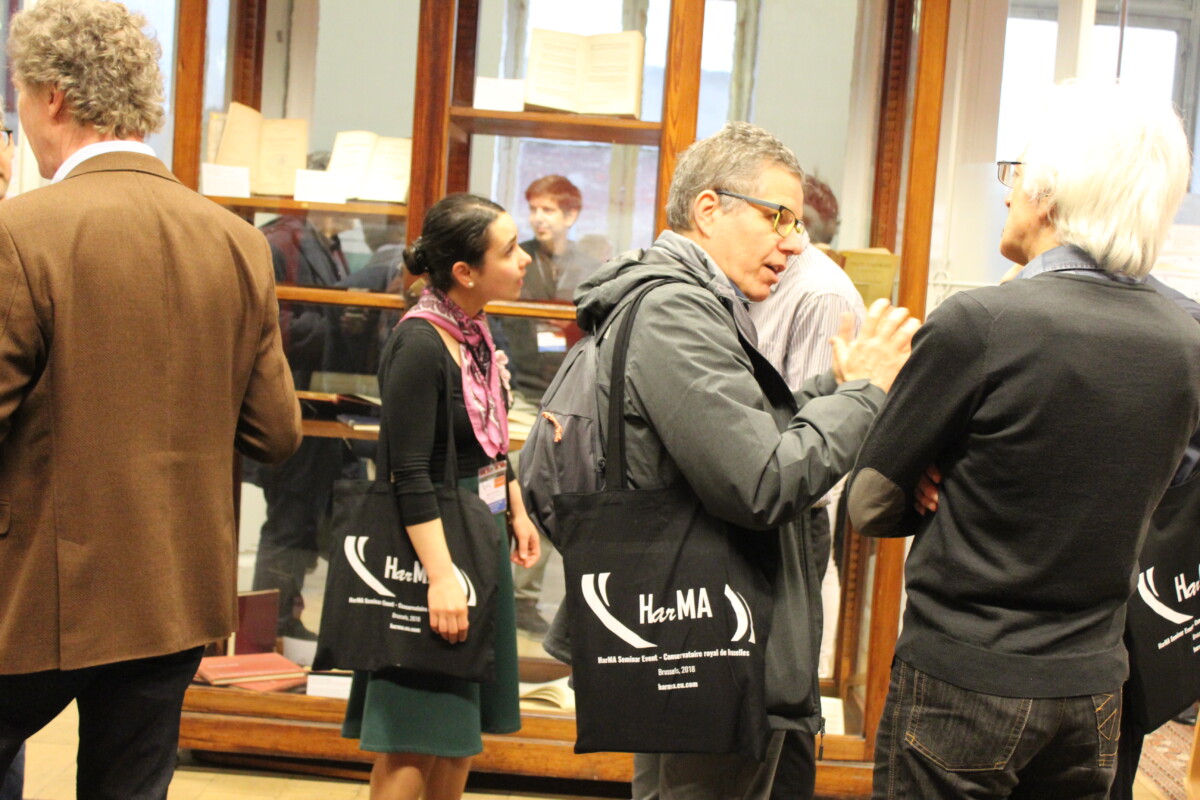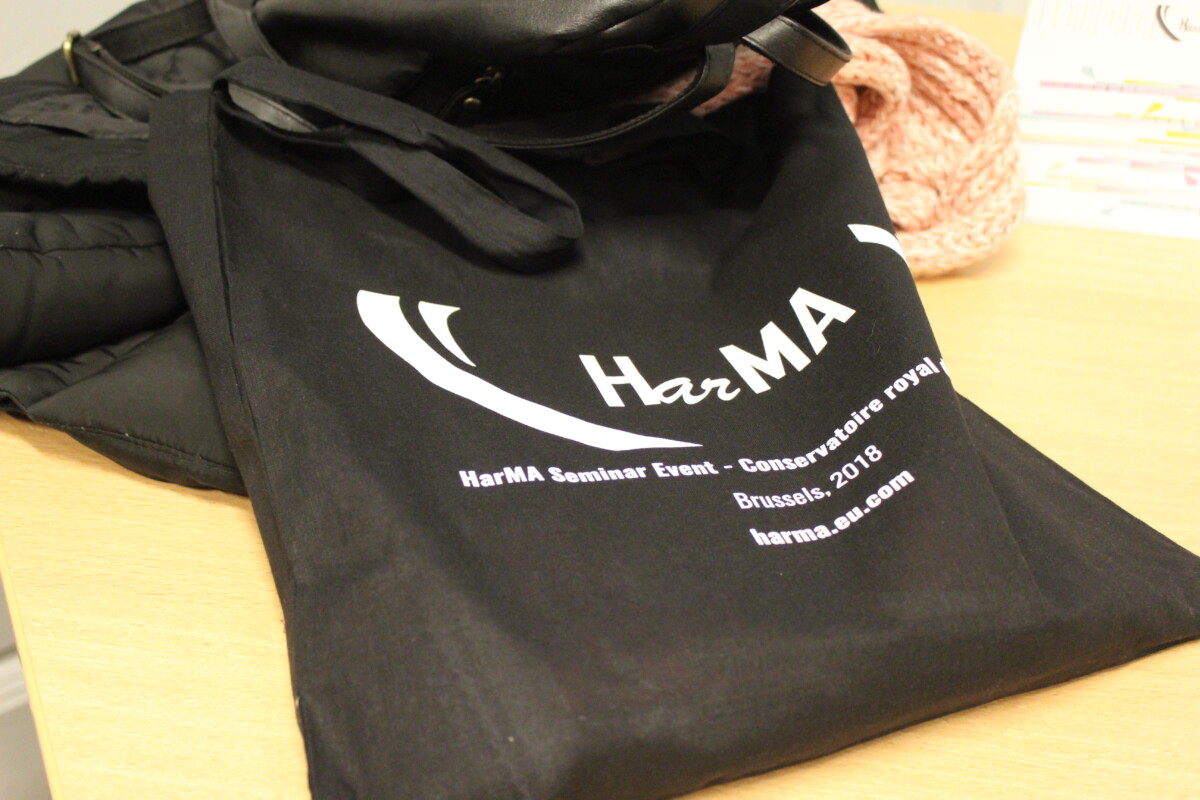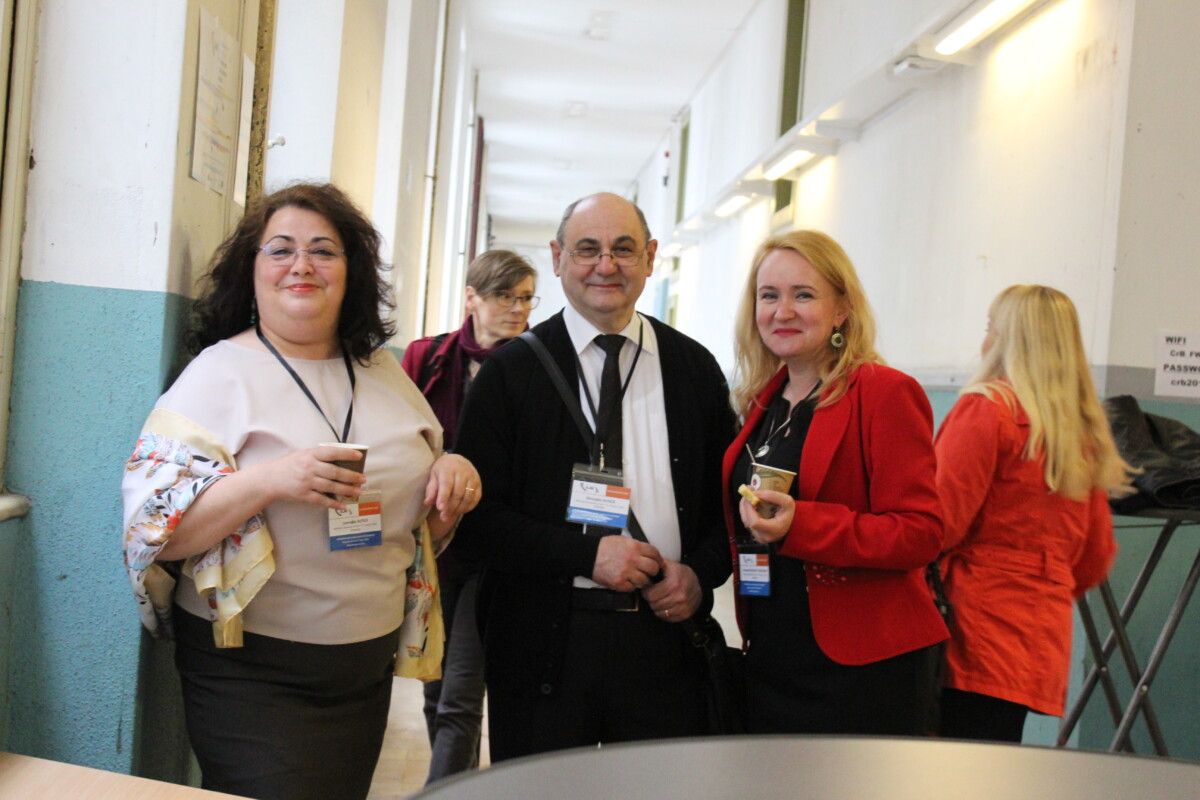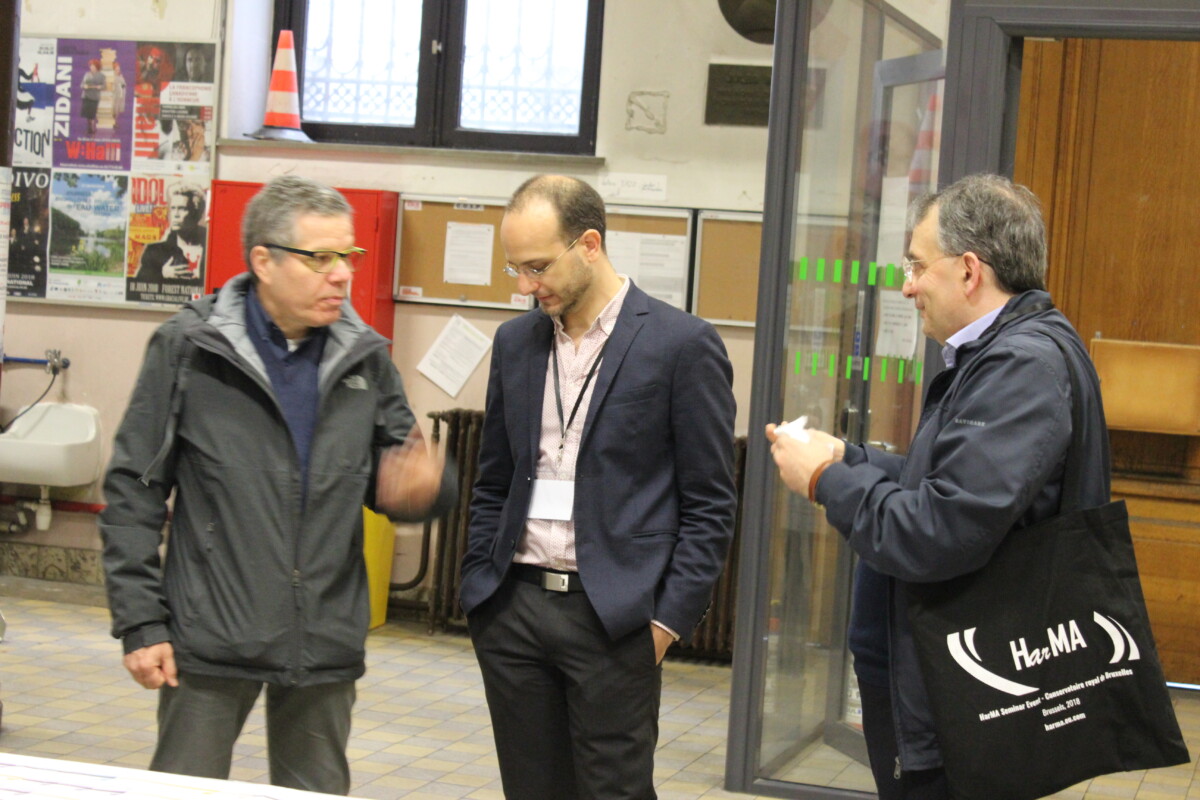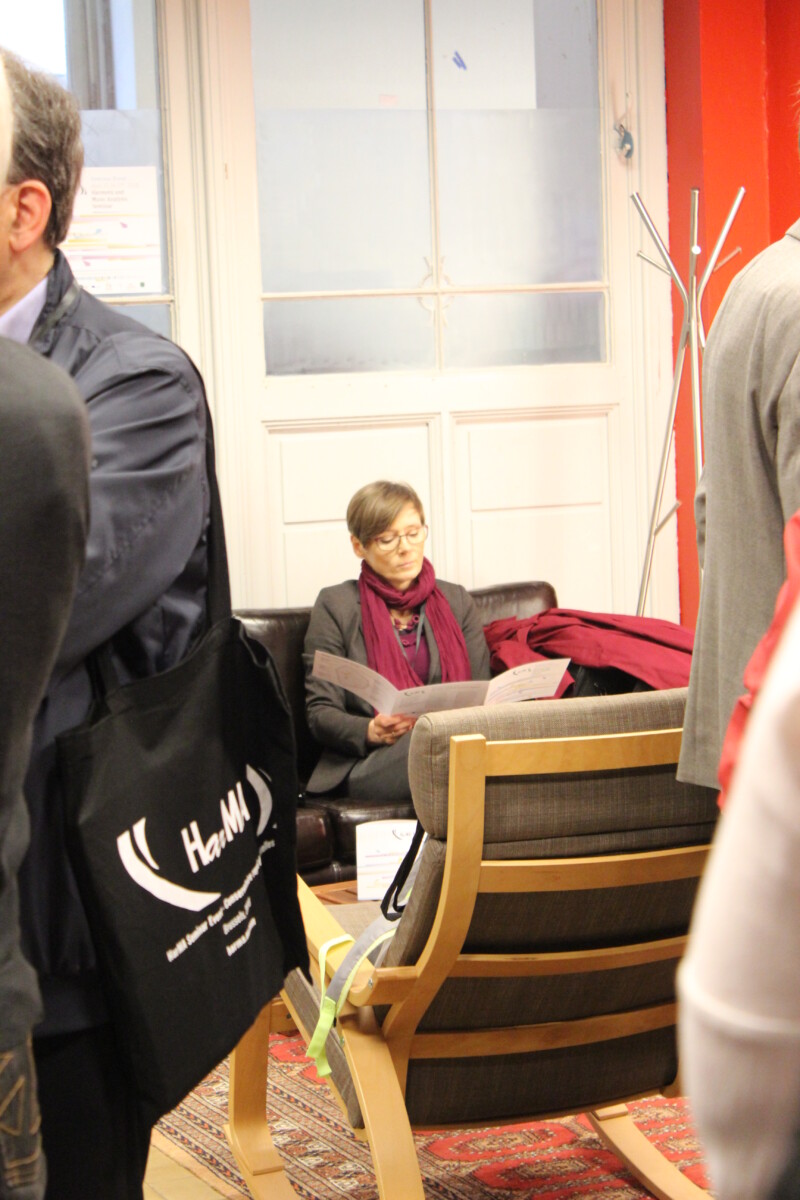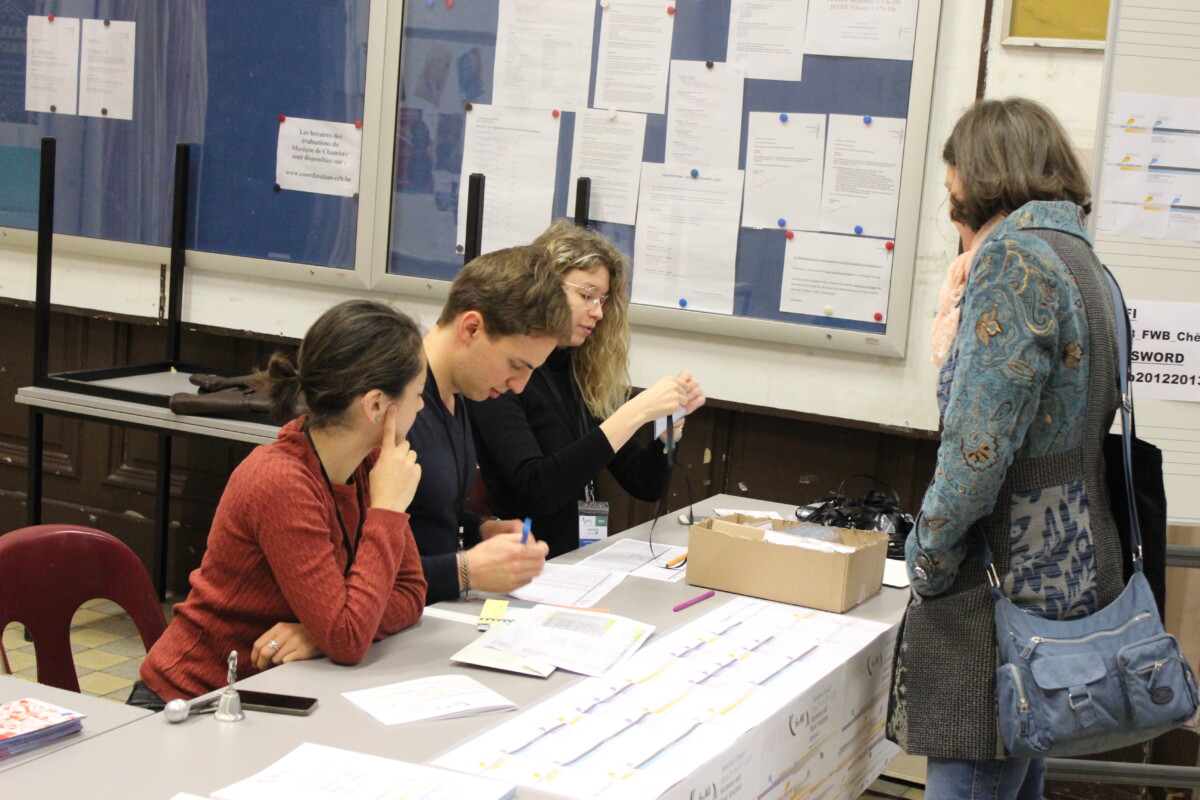HarMA SEMINAR EVENT
Harmony and Music Analysis Seminar
de València
14-16 APRIL 2025
HarMA SEMINAR EVENT
The HarMA – Harmony and Music Analysis – Seminar Event aims to be a unique and single place gathering Music Theory, Harmony and Music Analysis faculties to speak about their Home institutions’ organization and structure and especially to share Educational and Pedagogical Practices experiences in these fields. The HarMA Project has been created and chaired by Salvatore Gioveni (Conservatoire royal de Bruxelles) since 2018
There will be three days of sharing experiences around these subjects, as well as lectures, training sessions, a dedicated and contributive comparative analysis training session, catered lunch and networking. Cultural activities, visits, roundtable discussions and sightseeing city tours will be organized for the participants as well. The traditional HarMA Dinner will be organized on the second day.
The three days are supported by our Home Institution through the Erasmus+ Staff Training Mobility (STT) including a warm welcome by the host Institution !
Supported by the Belgian branch of the European Agency for Education and Formation (AEF), the European Commission, the Belgian Academy for Research and High Education (ARES), the European Association of Conservatoires (AEC) and the HarMA projects partners (Liszt Ferenc Zeneművészeti Egyetem, Hungary; Eesti Muusika- ja Teatriakadeemia, Estonia; Akademia Muzyczna im. Stanislawa Moniuszki w Gdansku, Poland; Conservatorio Superior de Música Joaquín Rodrigo, Spain).
.
Lectures, Seminars, Training sessions
Participants
Valencia and the conservatoire
Schedule
Dear participants,
Below you can find the full detailed programme of HarMA 2025 ! The three days will be organized around 22 Topic Specific Talks, 3 Training Sessions, catered lunches, networking coffee break, cultural activities and
The HarMA Dinner on the second day.
HarMA 2025 – One-Page Programme
HarMA Programme Booklet 2025 final version
Previous HarMA programmes
Venues of the harma Seminar
Conservatori Superior de Música “Joaquín Rodrigo” de València (Spain)
C/ de Ricardo Muñoz Suay, s/n, Quatre Carreres, 46013 València, Valencia, Espagne
Lunch Break
HarMA Dinner - DAY 2 - 15/04 - 8 PM
Dinner only under mandatory reservation and payment
Meeting at the Conservatoire for a short boat trip that will take us to the restaurant !
APRIL 14th, 2025
REGISTRATION
08:30am
MAIN HALL
Welcome coffee and registration
Main Building
SESSION 1
09:30am
AUDITORIUM
Opening Address
Headteacher – Dolores Tomás
Representative of the Town Hall – Manuel Tomás
President and Founder of the HarMA Projects – Salvatore Gioveni
Head of the International Department – Vicent Sanchis
Head of the ISEACV – Fani Blanch
10:00am
Welcome Concert
Ausiàs Parejo (guitar)
10:20am
Presentation of THE HarMA HUB Project
General Presentation
EU Bibliography
HarMArchive
HarMAnalysis
Glossary
Intensive Training Week for learners (Budapest)
Q-A
COFFEE BREAK
11:30am
Coffee Networking
SESSION 2
Topic Specific Talks
12:00am
AUDITORIUM
Resonant Pathways: Sound and Form
Three topic specific talks – AUDITORIUM
Chair: Vicent Sanchis
12:00am – 12:30am
1. Expansive Orchestration as a Teaching Resource
Marc Garcia-Vitoria
Conservatori Superior de Música “Joaquín Rodrigo” de València / CNDSMP, Université PSL, Laboratoire SACRe
During the second half of the 20th century, some composers reconciled with concertante forms.
The causes for this revival vary, from the breaking down of barriers to the past, to the
exaggerated rise of virtuosity among performers specializing in new music.
However, the renewed practice of this solo/tutti relationship is influenced by technical and
aesthetic innovations that had developed and become dominant. As a result, techniques for linking
the soloist and orchestra are innovative and rooted in new ideas, such as timbre.
The concept of expansion helps us interpret one such relationship, found in works where the entire
orchestral part is derived from the soloist. Through analyzing these works and synthesising their
learning in exercices, advanced orchestration students learn new techniques, which are useful both
for orchestration and composition.
12:30am – 01.00pm
2. Mapping the Musical Landscape: Affordable Approaches to Timbral Analysis Using Today’s Computer Technology
Marcin Strzelecki
The Krzysztof Penderecki Academy of Music in Kraków, Poland – The Faculty of Musical
Creativity, Interpretation, and Education – The Department of Music Theory and
Interpretation
In the realm of artistic music over the past century, the focus has gradually shifted from traditional musical elements (e.g. melody, harmony, rhythm) to newly emancipated ones like timbre, texture, including the timbral treatment of harmony. This paper highlights the affordability and accessibility of spatial representation of musical timbre made possible by today’s computational techniques. This offers musicians insights into the sonic characteristics of music, enhancing their understanding of this aspect. Spatial models of timbre allow these qualities to be visualized simply, revealing hidden patterns. This makes sophisticated analyses more accessible, enabling musicians and researchers to effectively implement these techniques. This presentation elucidates the potential of timbral analysis in music theory, practice, and education.
01.00pm-01.30pm
3. MUSICAL FORMS AND ANALYSIS COURSES FOR MUSIC HIGH SCHOOLS AND ACADEMIES: DEVELOPING DIGITAL LEARNING TOOLS. MAIN CHALLENGES AND SOLUTIONS
Baiba Jaunslaviete
Associate professor
Jāzeps Vītols Latvian Academy of Music, Riga, Latvia
This presentation is dedicated to two digital learning tools for musical form/music analysis courses, developed by the author.
1) musical forms course for music high schools;
2) music analysis courses for performers at the Jāzeps Vītols Latvian Academy of Music.
The musical form/analysis course requires learning a lot of new terminology. The presentation will provide examples of how a digital learning tool can help in this regard through
1) various types of creative tasks, using interactivity,
2) emphasizing parallels with other arts (especially literature).
LUNCH BREAK
01:30pm
Lunch Break Networking
at the Conservatori Superior de Música “Joaquín Rodrigo” de València
SESSION 3
Training Session
03:00pm
AUDITORIUM
Tonal, modal and post-tonal singing: an integrated approach
TRAINING SESSION – AUDITORIUM
Chair: Jorge Sevilla
Fabio Ferrucci
Head of the Music Theory Department
Ear training Professor
Conservatorio di Musica “Arrigo Boito” – Parma, Italy
According to Italian tradiyion, students deal with sight singing mainly using tonal material throughout their entire academic career. Apart from Early music, Jazz and Pop/Rock curricula, modal scales are approached very late, often in a very theoretical perspective not allowing to appreciate their different colors, and seldom students have the chance of singing modal repertoire. On the other hand, post-tonal singing is hardly ever practiced, all too often providing students with no reading strategies. “Reversing” the historical perspective, we will work with a pracHcal and integrated didacHc approach which entails modal singing and comparative listening through spectral editing audio tools as soon as tonal awareness is consolidated, thus improving intonation, and resulting in a powerful and flexible tool for post-tonal singing.
COFFEE BREAK
04:30pm
Coffee Networking
SESSION 4
Topic Specific Talks
05:00pm
AUDITORIUM
Bridging the gap
Three topic specific talks – AUDITORIUM
Chair: Boglárka TERRAY – Liszt Ferenc Academy of Music Budapest, Hungary
05:00pm-05:30pm
1. Harmony? Analysis? Or both together?
Stefano Procaccioli
Professor of Teoria dell’armonia e analisi musicale
Conservatorio “J. Tomadini” in Udine – Italy
Music Analysis and Harmony – especially in the practice of writing – are often seen as opposites. However, is it not meaningless today to teach Harmony and Music Analysis together from the very beginning? The operational conditions encountered in daily work, particularly due to the limited time available to both teachers and students, have naturally led to a more ‘hands-on’ approach that, while not dismissing traditional teaching methods, has nonetheless shifted towards a more ‘holistic’ treatment of the subjects. The writing practice typical of the study of Harmony may be analytically oriented from the very beginning and then carried out in a precise, but also quite flexible, way. In this talk, this general approach
05:30pm-06:00pm
2. ”Need to have vs. Nice to have” – working with priorities in the music teacher programme at Malmö Academy of Music
Erik Berndalen
Lecturer/assistant professor
Malmö Academy of Music, Sweden
This talk will focus on the challenges of providing music teacher students with the relevant tools they need in order to be confident role models, well-versed in their musical craft, for a young generation growing up in a musical environment vastly different to any we’ve previously seen.
The title alludes to the care that needs to be taken in choosing and continually evaluating “content” pertaining to the various fields of music theory (such as harmony, voice leading, analysis and arranging) with regard to the limited time allotted to the subject within the curriculum. The speaker will give methodological and practical examples of how music theory is taught during the first two years of study at Malmö Academy of Music and some questions regarding the current musical landscape in Sweden and its implications for the future of music teaching will be raised.
END OF THE DAY
06:30pm
Free afternoon and evening
Sponsored
CULTURAL ACTIVITIES
07:00pm
Visit of the City (Group 1)
Meeting at the central station (Estació del Nord) below the clock
Registration at the registration desk
07:30pm
Visit of the City (Group 2)
Meeting at the central station (Estació del Nord) below the clock
Registration at the registration desk
APRIL 15th, 2025
SPECIAL INTEREST GROUPS
08:00am
MAIN BUILDING
2 rooms available on reservation
Main Building
REGISTRATION
09:00am
MAIN HALL
Welcome coffee and registration
Main Building
PARALLEL SESSIONS A
Topic Specific Talks
09:30am
STUDY ROOM
Digital Tools, AI, and Technology Trends
Four topic specific talks – STUDY ROOM
Chair: Pere Vicalet, Conservatori Superior de Música “Joaquín Rodrigo” de València
09:30am – 10:00am
A1. Learning Environment for Hybrid Teaching in Music Analysis and Compositional Techniques
Hannu Pohjannoro
DMus, Senior Lecturer in Composition and Music Theory;
Matti Ruippo, LMus, Senior Lecturer in Music Technology; Tampere University of Applied
Science
Tampere University of Applied Sciences, The School of Music. Tampere, Finland.
The proposal presents an illustrative system for hybrid teaching that we have developed at our school designed for the needs of teaching music analysis and compositional techniques. The environment integrates a special transparent board, three additional cameras, a computer, two extra monitors, the teacher’s digital piano, lavalier microphone, audio mixer and speaker system. With this system the following issues of music online teaching can be faced:
• two-way screen sharing
o scores (even large ones) & other documents
• two-way camera sharing
o transparent board
o piano keyboard
• two-way high-quality sound sharing
o audio files
o live: speech & digital piano
The presentation will address both the teacher’s and students’ experiences. Additionally, it will include a discussion on the benefits and drawbacks of the system.
10:00am-10:30am
A2. Using MuseScore as an annotation tool
Johannes Hentschel
Postdoctoral Researcher & Lecturer for music analysis
Anton Bruckner Privatuniversität Linz, Austria
MuseScore is a popular Free and Open-Source score editing software, widely used by both music professionals and amateurs. While its composition features are well-known, its annotation capabilities are less explored. This presentation covers (1) the importance of analytical annotations in music theory, (2) methods for digital encoding, (3) a proven approach for score analysis in MuseScore, and (4) its use in the theory classroom.
The talk focuses on best practices from a project analyzing the development of tonal harmony in European music (Hentschel, 2024). It introduces a syntax for encoding harmonic analysis, which can be validated using the Python package ms3 (Hentschel & Rohrmeier, 2023). This tool helps verify harmony labels, extract data, and visually highlight notes in MuseScore, enhancing music theory teaching.
Additionally, the project’s annotation process emphasizes collaboration, where annotators and reviewers reach consensus after discussion. This process shifts students’ mindset from finding a single correct answer to engaging deeply with music from various perspectives. These methods integrate digital tools for practical music analysis, providing valuable experience for aspiring music theorists.
10:300am-11:00am
A3. My journey through the innovative landscape of educational technology for music theory
Thomas Solak
Associate professor in music theory – Head of educational technology
Royal Danish Academy of Music, Denmark
In this presentation I look back at 30 years of development in educational technology – or has it
become a regress?
From a today’s perspective, we at RDAM started back in 1996 from a zero point, where technology
in the context of education was equivalent to an advanced typewriter. In the area of music
education, of course, completely new thinking had to be done, and my work as a teacher has ever
since been accompanied by a technological track, where I have tried to utilize computer power to
improve learning.
What should technology be used for in music theory teaching and why? We had to ask ourselves
that question back in the last century, and it is perhaps just as relevant to ask today. The
presentation will show examples from various software projects that I have helped develop along
the way (note: I have shown some of it at previous HarMAs during spontaneous interest groups –
some of the participants might have seen them before). There will also be examples of how one
can structurally work with preparation time in the development.
Over the last 15 years, a lot of technology has moved online, but in my opinion, not much
innovative educational technology has moved with it. Perhaps we have forgotten what can be
done with a dedicated computer, and we feel content with what the various overarching
platforms offer us as a kind of standard?
The presentation is intended as a kick-start to a hopefully fruitful debate, where we future wise
take back the ownership of technology through our own requirements specifications. The
necessity of this is clearly reinforced by the fact that AI is also knocking on the classroom door.
11:00am-11:30am
A4. Studying the history of AI to better understand how the creative mind works
Gilberto Bartoloni
Professor of Composition at Saint Louis College of Music, Rome, Italy
The field of artificial intelligence has been vastly developed in recent times, making AI one of the
most discussed technologies nowadays. Surprisingly, a lot of successful experiments are older
than we can expect, especially those related to the generation of music and language. Diving into
the history of these scientific efforts can help us to develop a deeper awareness of the current
situation, to better understand the (possible) risks of computers producing art and, above all, to
offer insight into the centuries-long journey towards the comprehension of how human creativity
works.
SESSION 1
PARALLEL SESSIONS B
Topic Specific Talks
09:30am
AUDITORIUM
Rhetoric and Form
Four topic specific talks – AUDITORIUM
Chair: Agata Krawczyk, Stanisław Moniuszko Academy of Music in Gdańsk, Poland
09:30am – 10:00am
B1. Rhetoric and Music reloaded - what old scholars missed to recycle
Barna SZABÓ
Composer, adjunct professor of music theory and analysis
Liszt Ferenc Academy of Music, Budapest, Hungary
In the musical treatises of the Baroque period, we have been handed down the
musical correspondences of several hundred rhetorical figures from various authors.
Most of these analogies are quite accidental and should be evaluated mostly within
the limits of the musical style of the period in a narrower sense. After presenting
some less apt and several good examples, we propose the musical application of
several rhetorical figures that escaped the attention of Baroque authors for various
reasons; most likely for the lack of possible analogies within the given style: the
idioms that existed at the time did not provide the authors with ideas for drawing
suitable parallels. Looking back from the present, however, we find a number of
general musical structures, both in Baroque and later, or even in contemporary
music, that can be easily associated with rhetorical-musical figures. These new
analogies, although apparently archaic in their means, can provide useful terms for
musical phraseology.
10:00am-10:30am
B2. Integrating Musical Topics and Rhetorial Figures into the Analysis of Musical Form
Martin Čurda
Head of department and lecturer in music analysis
University of Ostrava – Faculty of Fine Arts and Music – Department of History and Theory of Music, Czech Republic
Music analysis has traditionally focused on technical aspects such as harmony and form, often neglecting the subjective expression and meaning in music. While these aspects were once explored in the 18th century through teaching on affects and rhetorical figures, they are often seen as outside the scope of modern music theory. However, recent efforts have sought to bridge this gap by combining rigorous analysis with a humanistic approach. In my teaching, I integrate principles of musical syntax with tools for describing expressive aspects, drawing on topic theory and musical-rhetorical figures. Topic theory links music to cultural contexts, while rhetorical figures highlight expressive elements like sighs, hesitations, and emotional shifts. These approaches can transform conventional formal analyses (e.g., sonata form) into expressive and dramatic trajectories, enriching the understanding of 18th-century instrumental music.
10:30am-11:00am
B3. Cipriano de Rore as representative of the "seconda pratica”
Boglárka TERRAY
Associate professor (Music Theory Department)
Liszt Academy Budapest, Hungary
In this lecture, we will examine the features of Cipriano de Rore’s oeuvre that led Giulio Cesare
Monteverdi to refer to him in 1607 as the oldest representative of the seconda pratica commenting
on his brother’s letter in Claudio’s 5th book of madrigals. We will focus on Rore’s pieces written after
1548. We will review the relationship between the commonly used ton set of the period
(hendecatony, 11° system) and Rore’s ton set, the peculiarities of dissonance treatment, and the
relationship between text and music.
11:00am-11:30am
B4. A new view on Sonata Theory
Franz Kaern-Biederstedt
Artistic-scientific employee for music theory, ear training and musical composition
Hochschule für Musik und Theater (HMT) Felix Mendelssohn Bartholdy in Leipzig, Germany
One part of sonata theory deals with the relationship between the various thematic ideas within the
exposition. Among other things, the monothematic relationship between the main and secondary
theme in many of Joseph Haydn’s sonatas is distinguished from the contrasting, dialectically opposed
thematic dualism in Ludwig van Beethoven, which expresses different philosophical interpretations of
the sonata principle. So far, little attention has been paid to an approach that can be seen in some of
Mozart’s works: superficially different themes turn out to be reformulations of the same abstract
idea, whereby an underground relationship between individually different themes becomes effective
and is responsible for formal unity in thematic diversity. The talk would like to discuss some examples
of this technique.
COFFEE BREAK
11:30am
Coffee Networking
SESSION 2
Training Session
12:00am
AUDITORIUM
Comparative Analysis Session
TRAINING SESSION – AUDITORIUM
Link to prepare this session
John Koslovsky
Professor of Music History, Theory, and Analysis
KU Leuven
Alberto Martín Entrialgo
Teacher of Academic Music and Musicianship
The Purcell School / Royal College of Music
Chair: Marc Garcia Vitoria, Conservatori Superior de Música “Joaquín Rodrigo” de València, Spain
Isaac Albéniz, Prelude (“Evocación”), from Iberia, book 1
The goal of this session is to discuss various methodological and didactic approaches to music analysis through the lens of the Isaac Albéniz’s piano piece “Evocación” from 1905. Saturated with impressionistic elements, the piece bears clear traces of classical form, phrase structure, and schemata; not only that, but it is also strongly evocative of Spanish folk music
through its incorporation of elements from the fandanguillo and the jota.
In preparation for the session, participants will submit their own analysis of the piece in advance. They are free to use any methodology and terminology they see fit to approach the music, especially as used in various pedagogical settings. In the end, we seek to foster friendly debate and collegial discussion among the HarMA participants by comparing analytical and didactic insights into the music..
LUNCH BREAK
01:30pm
Lunch Break Networking
at the Conservatori Superior de Música “Joaquín Rodrigo” de València
SESSION 3
Topic Specific Talks
03:00pm
AUDITORIUM
Beyond our landscape
Two topic specific talks – AUDITORIUM
Chair: Paloma Musté, Conservatori Superior de Música “Joaquín Rodrigo” de València
03:00pm-03:30pm
1. Analyzing traditional music of Southern Benin/Africa
Hans-Gunter Lock
Estonian Academy of Music and Theatre
Estonian Academy of Arts
Estonian Arnold Schönberg Society
African traditional music is known for its rhythmical complexity. Determining and transcribing the rhythmical patterns for certain genres of the traditional music of the Grand Popo region has been achieved via collecting multichannel audiovisual field recordings and various workshops with Beninese musicians and Estonian adults and children. Various problems occurred: fast tempo, differentiating drums by listening, solo drum dominance, irrational rhythms. While the Western conception of rhythmical meter didn’t succeed, describing this music as modal rhythmical polypulse texture avoids problematic Western-biased terms.
COFFEE BREAK
03:30pm
Coffee Networking
SESSION 4
PARALLEL SESSIONS C
Topic Specific Talks
04:00pm
STUDY ROOM
Music to my Ears
Two topic specific talks – STUDY ROOM
Chair: Salvatore Gioveni, Conservatoire royal de Bruxelles, Belgium
04:00pm-04:30pm
C1. Down the Rabbit Hole: Developing Aural Analysis Skills in Ear Training Courses
Urszula Koza
Ear Training and Harmony teacher at the Faculty of Composition, Conducting, Music
Theory and Music Therapy as well as at the Instrumental Faculty
Karol Lipiński Academy of Music Wrocław, Poland
Ear Training is undoubtedly one of the cornerstone courses in musical education. However, it is
often met with apprehension by students entering higher education.
At the academic level, most students are adept at recognizing isolated musical structures such as intervals, chords, and rhythmic patterns. Nevertheless, applying these elements within the broader context of a musical work – or even a brief excerpt – presents a far greater challenge. This gap underscores the need to reframe Ear Training as a tool for aural analysis on both micro- and macro-level. Such an approach allows to easily combine practice and theory, fostering deeper musical understanding, enhanced aural skills, and greater musical curiosity. Additionally, it encourages students to engage with musical works from multiple analytical
perspectives.
The aim of this talk is to discuss the key principles of this pedagogical approach, examining its strengths, limitations, and practical applications in the classroom. By incorporating examples from a variety of musical excerpts, the talk will demonstrate how this approach can enrich the
Ear Training experience and better align it with the realities of musical practice.
04:30pm-05:00pm
C2. Incorporating playable reductions into training
Ram Reuven
Associate professor, coordinator of the master’s program in music theory
Norwegian Academy of Music, Norway
Higher musical education at music academies often features a notable separation between performance practice and music theory, limiting performers’ ability to effectively integrate theoretical analysis into their daily routines. At the Norwegian Academy of Music in Oslo, a new method has been piloted to bridge this gap by incorporating playable reductions into training. This method will be illustrated through a review of a biannual, collaborative interdisciplinary project involving graduate students in music theory and undergraduate chamber ensembles. The talk will examine the preparation phase for the music theory students, the collaborative efforts between the ensembles and music theory students, and the resulting development of interpretative and performative perspectives.
PARALLEL SESSIONS D
Topic Specific Talks
04:00pm
AUDITORIUM
From Wolf to Pop
Two topic specific talks – AUDITORIUM
Chair: Edwin Clapuyt, Conservatoire royal de Bruxelles, Belgium
04:00pm-04:30pm
D1. Harmonic Analysis of the Works of Composer Hugo Wolf
David Veber
Assistant Professor – Head of the Department of Composition and Music Theory
University of Ljubljana, Academy of Music, Slovenia
The Slovenian-born composer Hugo Wolf, a representative of late Romanticism, is celebrated for his distinctive contributions to vocal music. Among his most significant works are his art songs (Lieder) and compositions for mixed choir, which stand out for their innovative harmonic language. The latter, in particular, demand alternative analytical approaches, as they often diverge from traditional harmonic conventions. Wolf’s style frequently breaks with tonal principles, incorporating unexpected resolutions, extensive chromaticism, and imaginative uses of altered chords—all while preserving a profound sensitivity to the human voice. A notable illustration of these traits can be found in his composition for mixed choir, titled Resignation, which features an intriguing modulation to G-flat major.
04:30pm-05:00pm
D2. Toward a PopMusicTheory? Thoughts on current discourses in PopMusicology and Music Theory.
Krystoffer Dreps
LfbA Music theory
Musikhochschule Münster, Germnay
What is the relationship between music theory and pop music in Europe? This lecture looks at the pop musicological discourses on a German-speaking and international level and explores the question of why there might be a necessity for something like a specific music theory of pop, that is as distinct from so-called art music as it is from so-called jazz theory. Terminologies, repertoires or hierarchies in compositional processes, for example, would then be put to the test. This is followed by the question of what role music theory could or even should play in (academic and general) pop music education in order to contribute essential insights from a central field of activity, music analysis, to discourses conducted elsewhere.
END OF THE DAY 2
05:00pm
Networking
Sponsored
CULTURAL ACTIVITY
06:30pm
Boat Trip
Bus + Boat trip to the restaurant (HarMA Dinner at 8pm): Meeting at the Conservatoire (main entrance)
HarMA DINNER
08:00pm
NETWORKING DINNER
Restaurant Arrocería El Rek
Dinner only under mandatory reservation and payment
Meeting at 06:30pm at the Conservatoire for a short boat trip that will take us to the restaurant !
APRIL 16th, 2025
SPECIAL INTEREST GROUPS
08:00am
MAIN BUILDING
2 rooms available on reservation
Main Building
COFFEE NETWROKING
09:30am
MAIN HALL
Welcome coffee and networking
Main Building
SESSION 1
Topic Specific Talks
10:00am
AUDITORIUM
Analysis Theories
Three topic specific talks – AUDITORIUM
Chair: Maté Balogh, Liszt Ferenc Music Academy Budapest, Hungary
10:00am-10:30am
1. Octatonicism: A Scale, a System, or a Supersystem?
Nikola Komatović
Independent research associate
The spirited debates surrounding octatonicism, with their diverse perspectives, which took place from the mid-20th century to the early 21st century, have somewhat subsided over the past two decades.
Nevertheless, many disagreements regarding octatonicism remain unresolved. Key points of contention among theorists like Pieter C. van der Toorn, Richard Taruskin, and Dmitri Tymoczko revolved around the extent to which octatonicism “penetrates” the fabric of musical language. While van der Toorn argued for its potential structural significance, the latter two emphasized its coloristic nature. A rare historiographical text by Michele Boulay traces the development of this issue over a century, adopting a relatively neutral tone and offering a detailed account of these debates.
We briefly engaged with this topic in several conference presentations and published papers toward the end of the last decade. However, due to the disruption of academic activity caused by the COVID-19 pandemic, these efforts—intended to revive the discussion—were set aside until this year.
This paper aims to reignite and deepen the dialogue. It seeks to provide certain answers by examining whether octatonicism is merely an “exotic” scale, a full-fledged music linguistic system, or perhaps even a supersystem that transcends the boundaries of musical language.
10:30am-11:00am
2.Harmonic innovation and symbolic representation: A Neo-Riemannian analysis of the Love Duet in Tristan und Isolde
Miguel Gironés Cervera
Iluminada Pérez Troya
Conservatori Superior de Música “Joaquín Rodrigo” de València, Spain
This seminar proposes an interdisciplinary exploration of the Love Duet from Richard Wagner’s Tristan und Isolde, addressing the theoretical and practical implications of its harmonic language through the lens of Neo-Riemannian analysis. This approach not only elucidates the chromatic progressions and their expressive impact but also prompts reflection on fundamental issues in
Music Theory, such as the expansion of traditional tonal boundaries and the relationship between analytical technique and musical perception.
11:00am-11:30am
3. What if motives were not the explanation?
Josep MARGARIT DALMAU
Professor of Music Analysis
Escola Superior de Música de Catalunya (ESMUC), Barcelona (SPAIN)
What if motives were not the explanation?
How structural analysis, based on Schenkerian theory, allows us to give an explanation
to motivic construction.
The descrip;on of the musical surface typically involves not only iden;fying the chords
present but also recognizing the main melodic and/or thema;c elements through the
concept of the mo;f. Iden;fying mo;fs implies considering, either implicitly or
consciously, their supposed role in organizing and structuring the work.
According to Schoenberg, motifs provide the logic and coherence of a composi;on. In contrast,
Schenker atiributes these proper;es of logic and coherence to the fundamental
structure and its elaborations, with the most superficial of these constituting the motifs
themselves. Thus, while Schoenberg sees motifs as explaining the piece, Schenker
views them as the result of an internal constructive process that, in his view, actually
explains the piece.
This proposal aims to demonstrate through some analytical examples how motifs are
the outcome of more internal construc;on processes and how this allows for a shift in
the explanatory paradigm, suggesting that motifs are, in fact, what need to be
explained.
This approach is part of the analysis course in the Bachelor Degree program and serves
to guide students in changing their way of observing and understanding music.
SESSION 2
Training Session
12:00am
AUDITORIUM
Not Just Melodies and Chords: Unusual Exercises to Complement and Extend Traditional Ear Training Methods
TRAINING SESSION – AUDITORIUM
Piotr Jędrzejczyk
Stanisław Moniuszko Academy of Music in Gdańsk, Poland
Member of the Faculty of Conducting, Composition and Music Theory Departments
Chair: Kerri Kotta – Estonian Academy of Music and Theatre in Tallinn, Estiona
Ear training classes often focus on solfège and single- or multi-voice melodic dictations. This can lead to monotony, with students primarily working on the same basic musical hearing abilities. The aim of my training session is to present a series of simple yet unusual exercises designed to develop various auditory and peri-auditory skills (e.g. musical memory, expanding the field of auditory perception, selective hearing, timbral hearing, auditory reflex). These exercises can be incorporated into ear training classes at different levels and serve as a complement and extension to traditional teaching methods. The session will consist of two parts: (1) a practical component, where participants will have the opportunity to actively engage in the exercises, and (2) an explanation of the assumptions of the presented methods.
LUNCH BREAK
01:30pm
Lunch break
Sponsored
CLOSING SESSION
03:00pm
Closing session
Closing Comments
Annoucement of the Next HarMA Seminar (2027)
Chair: Salvatore Gioveni, Conservatoire royal de Bruxelles (Belgium)
END OF THE DAY 3
03:30pm
Free afternoon and evening
Sponsored
CULTURAL ACTIVITIES
Day 1 | April 14 | 6 PM
Historical City Center Visit
Meeting point: Valencia City Hall at 6M
DAY 2 | APRIL 15 | ?PM
We will meet in the Conservatory at the end of the last activity to take a bus from there.
The bus will get us back directly to the dinner venue.
Museums List
PARTICIPANTS
Sponsor

